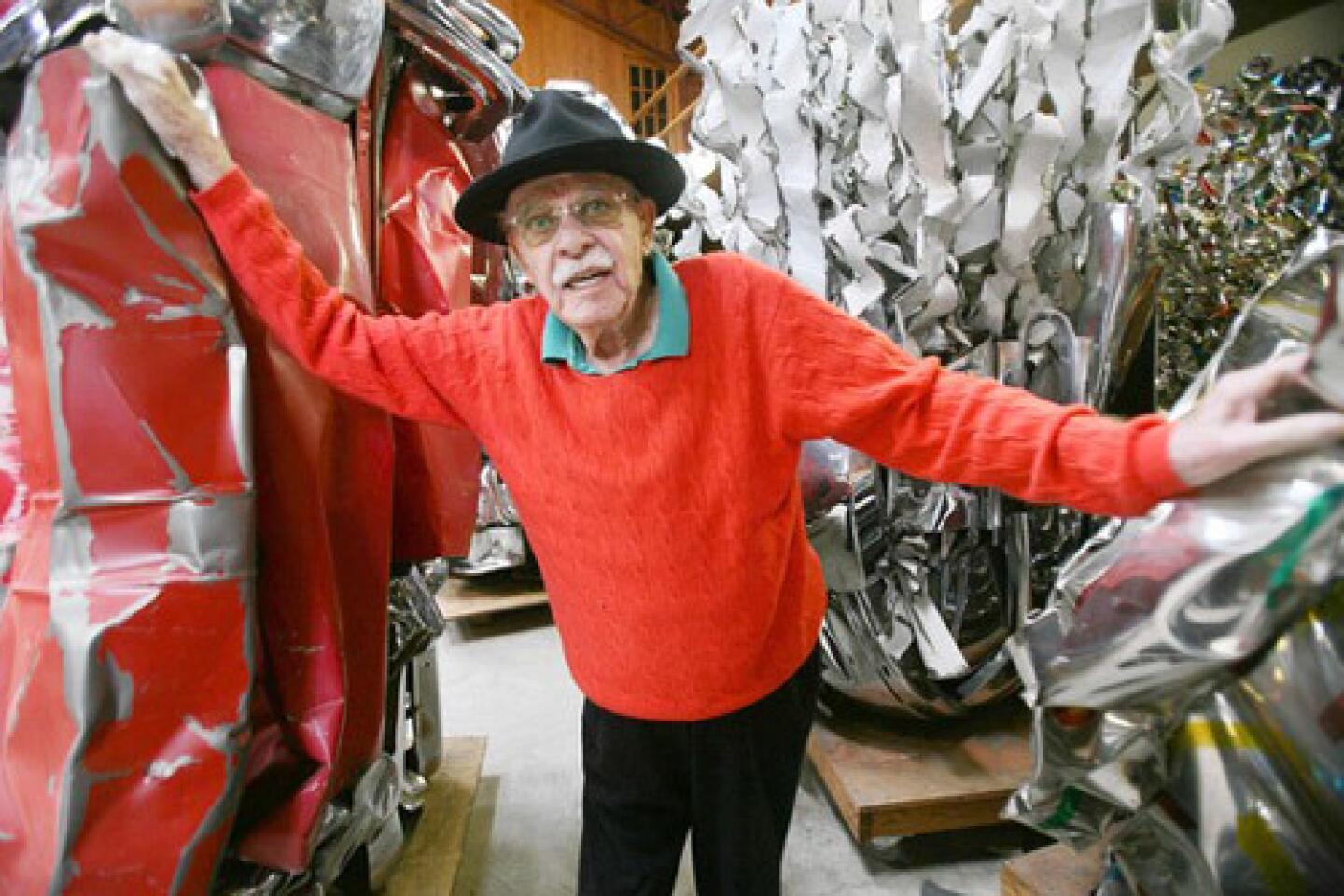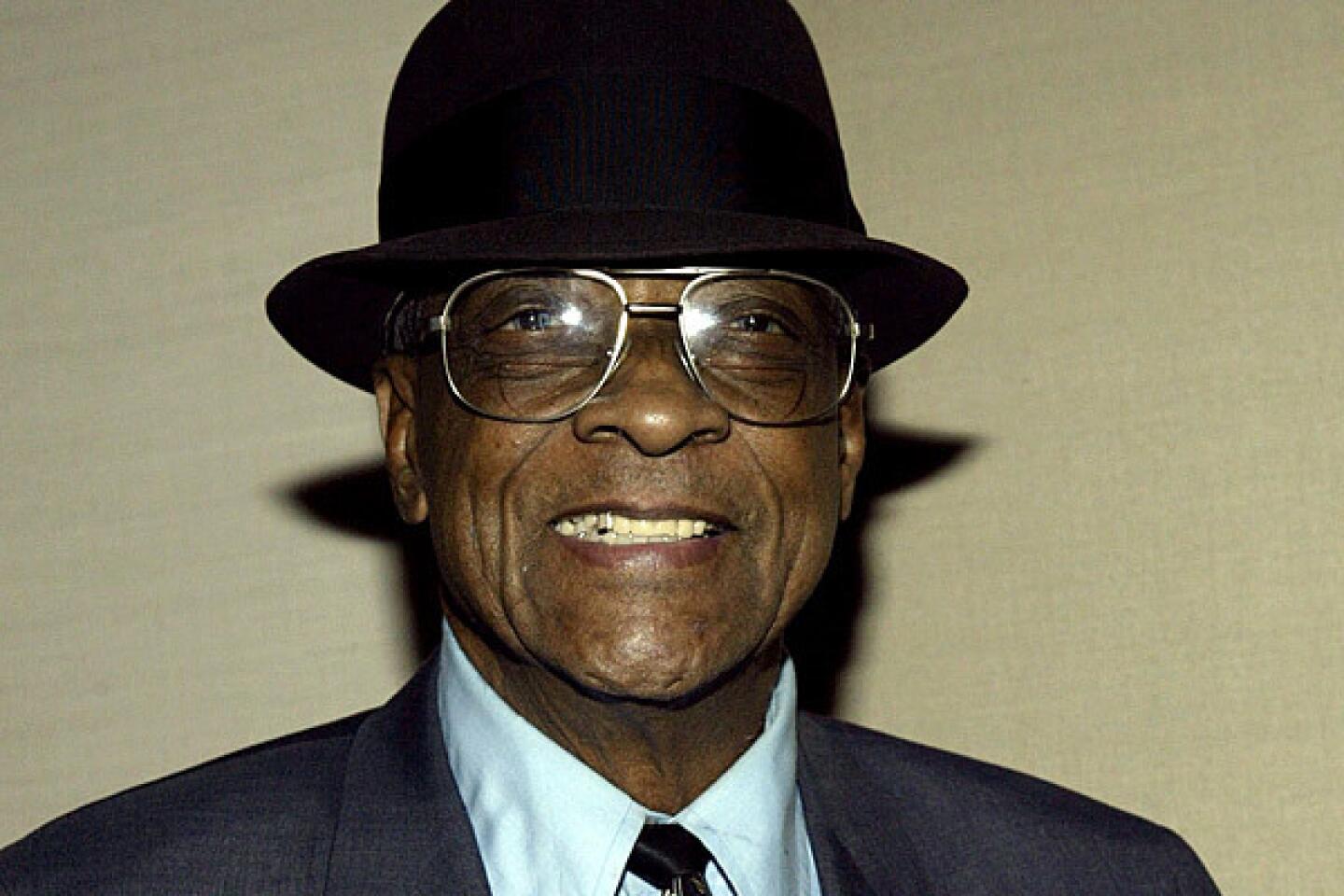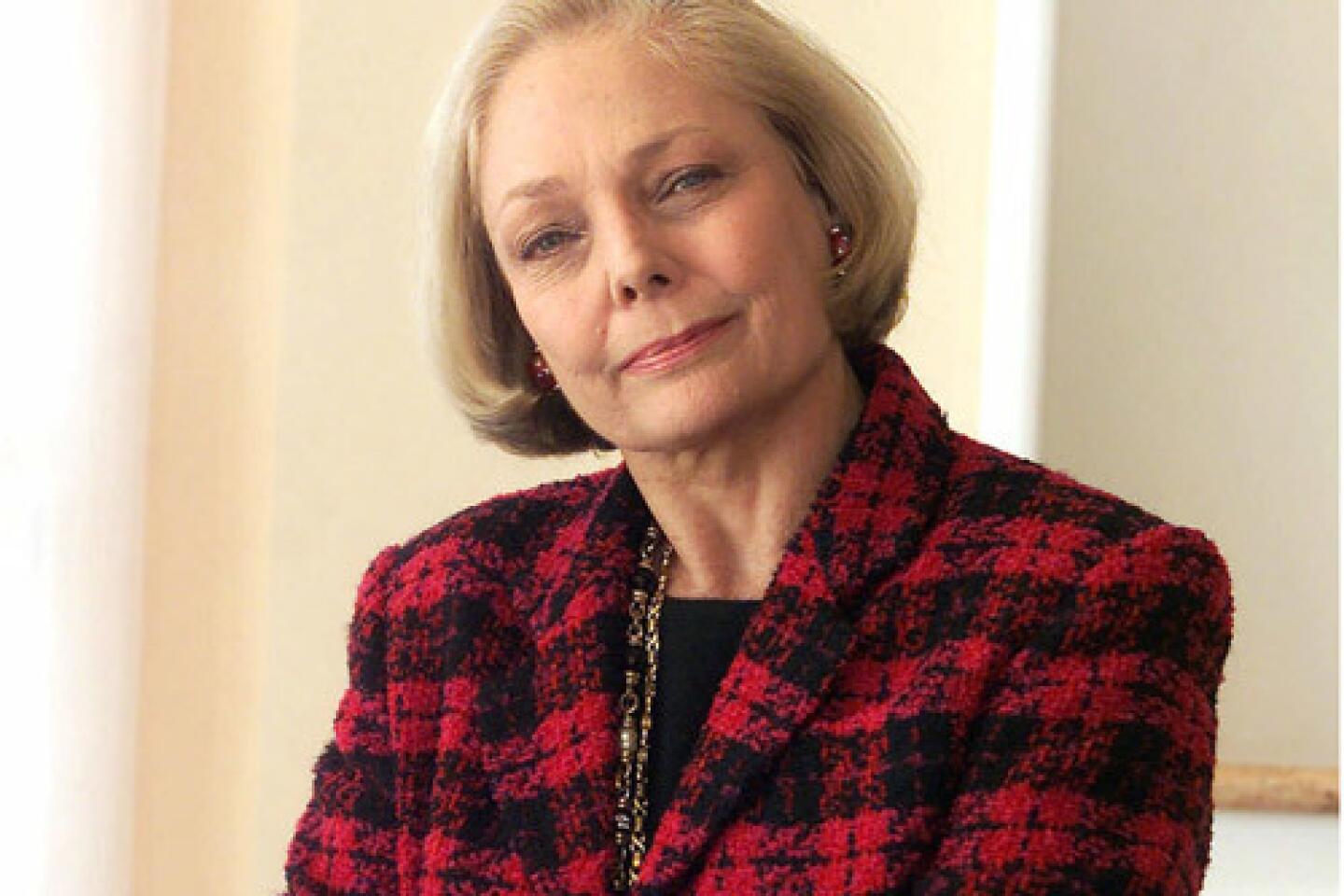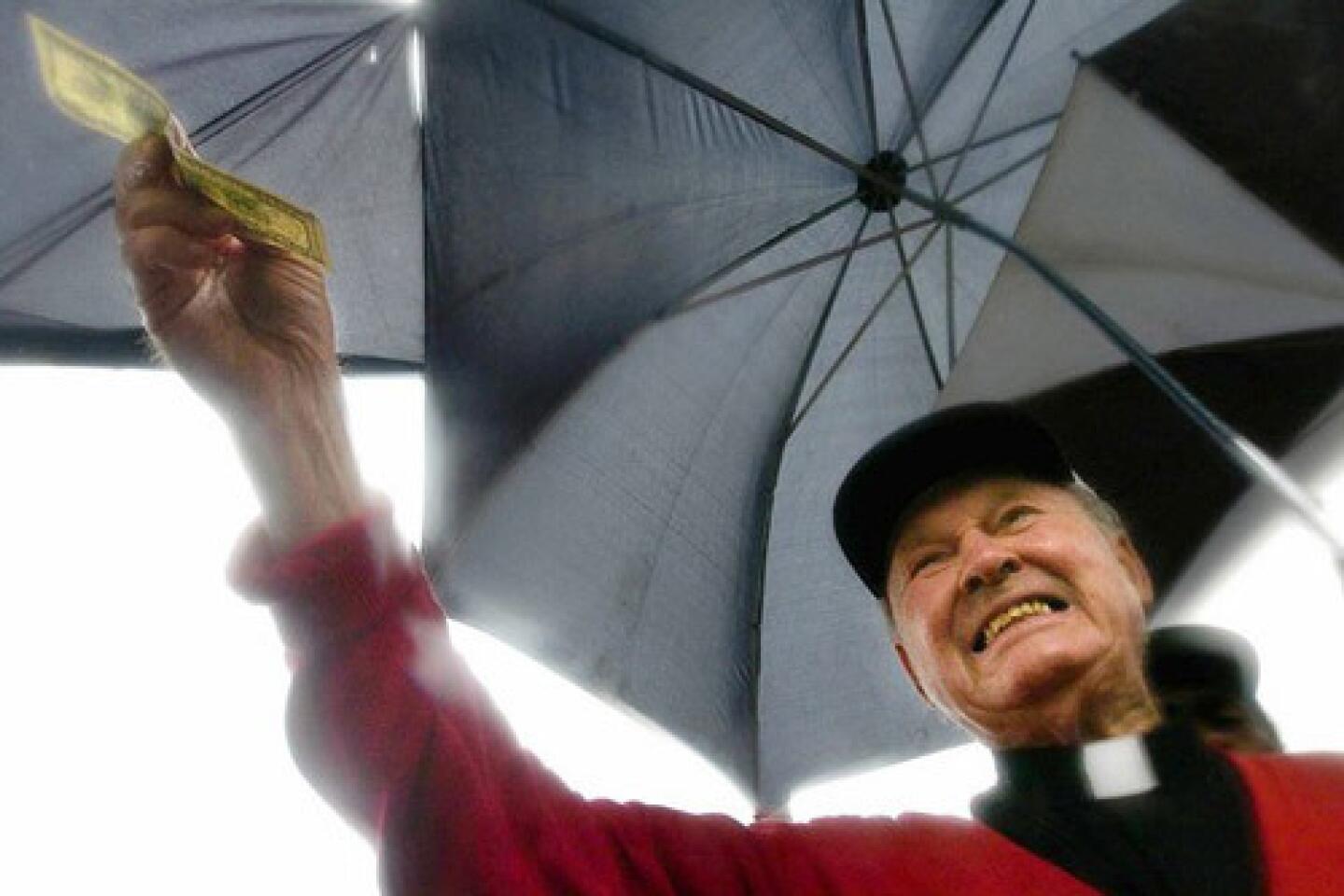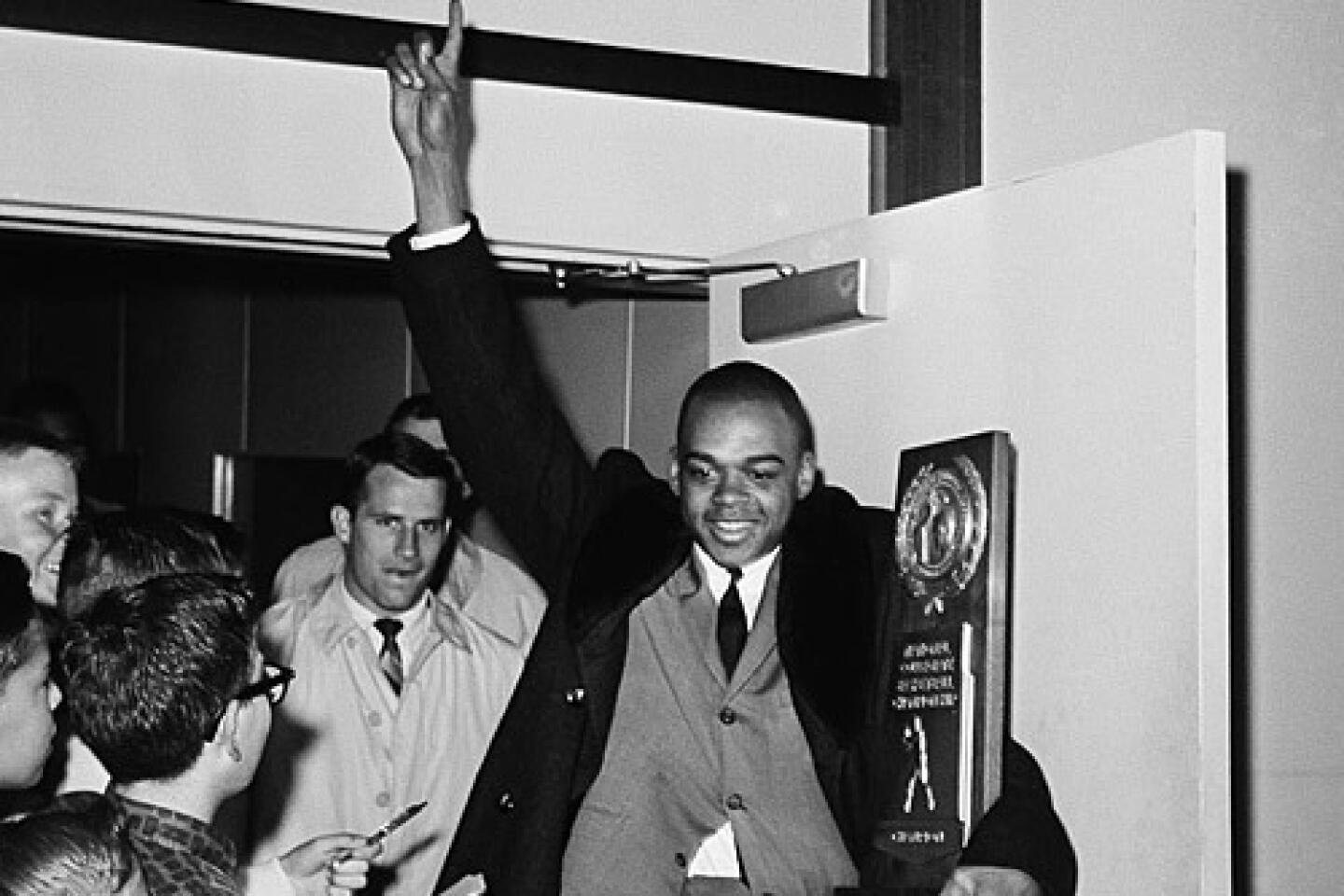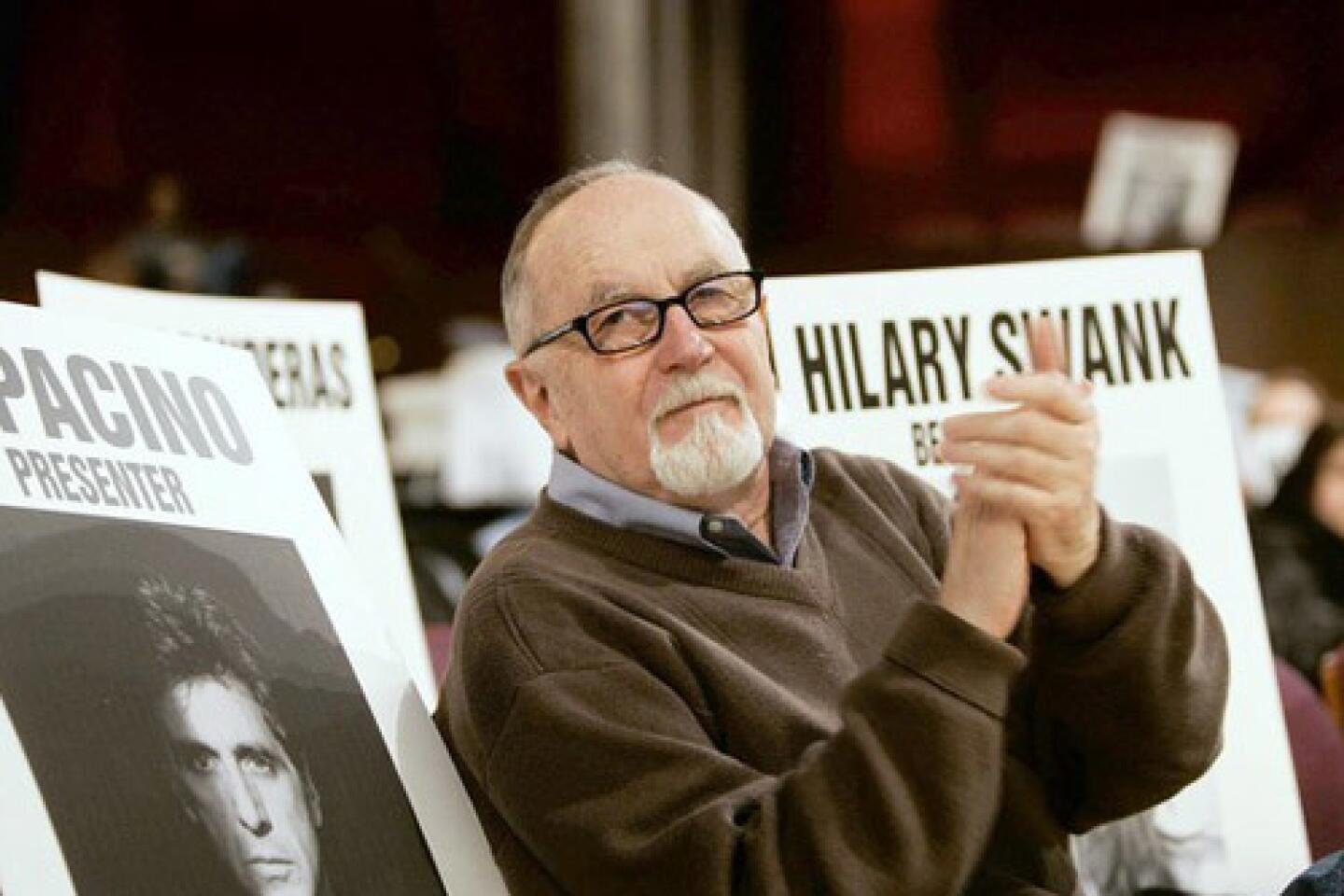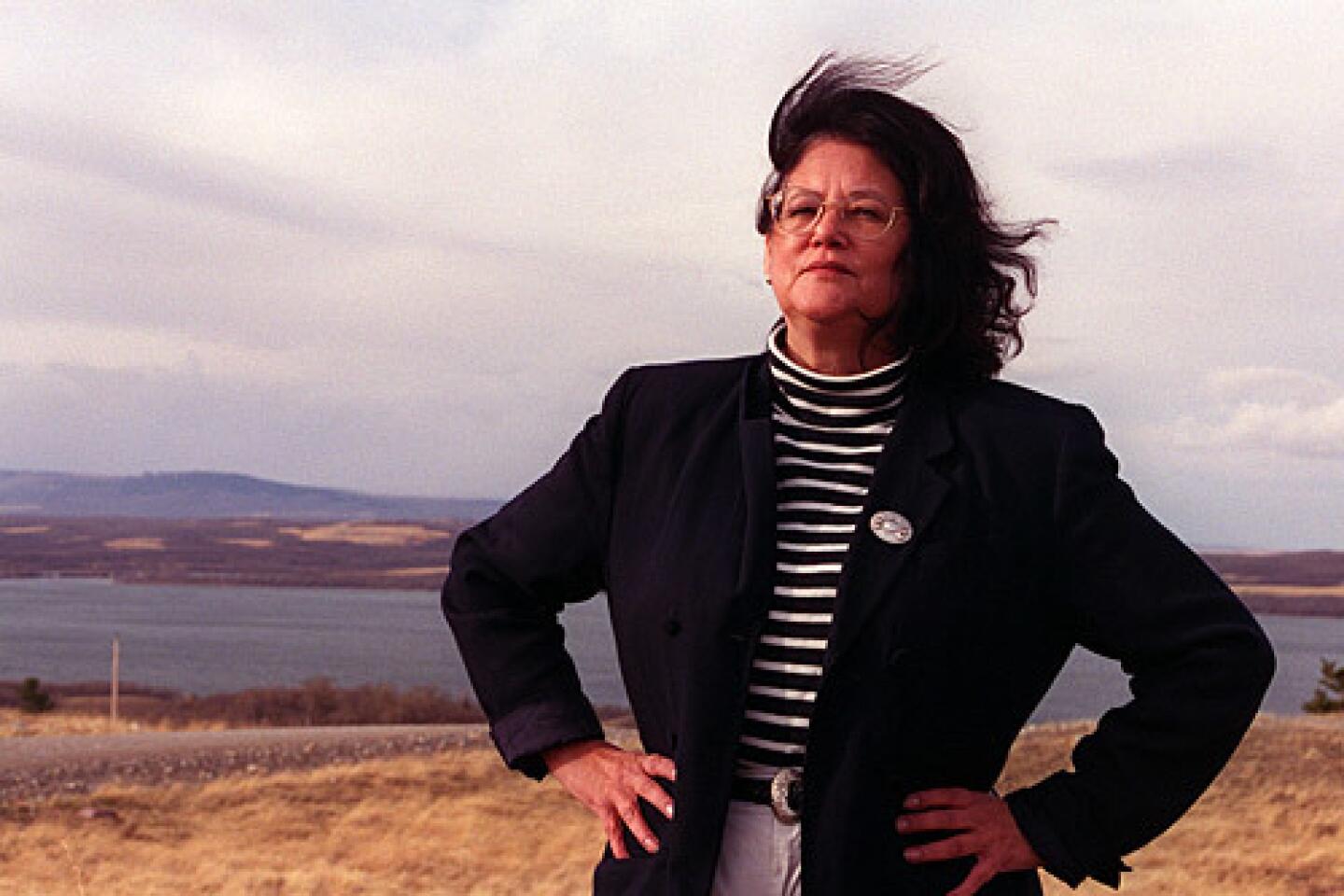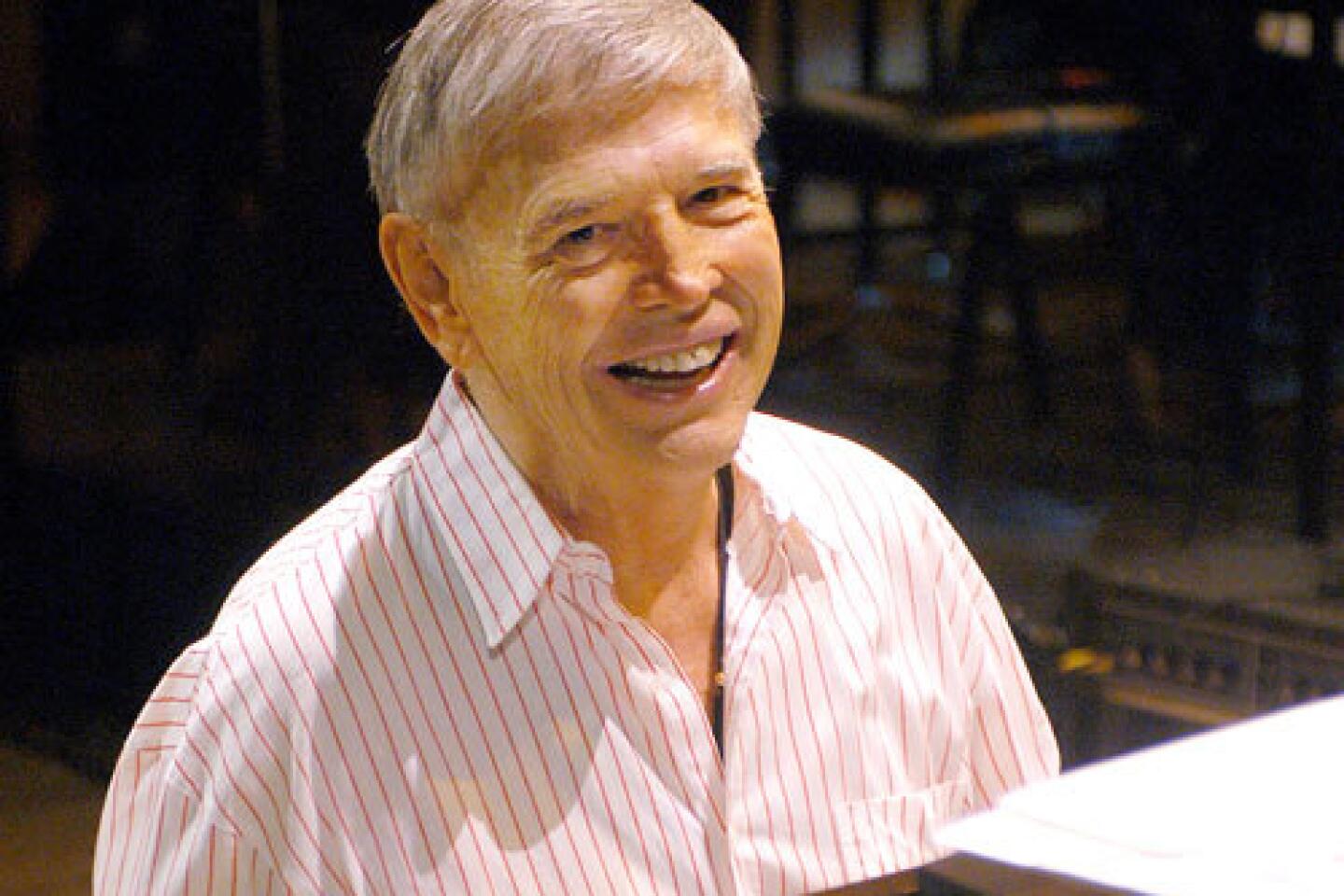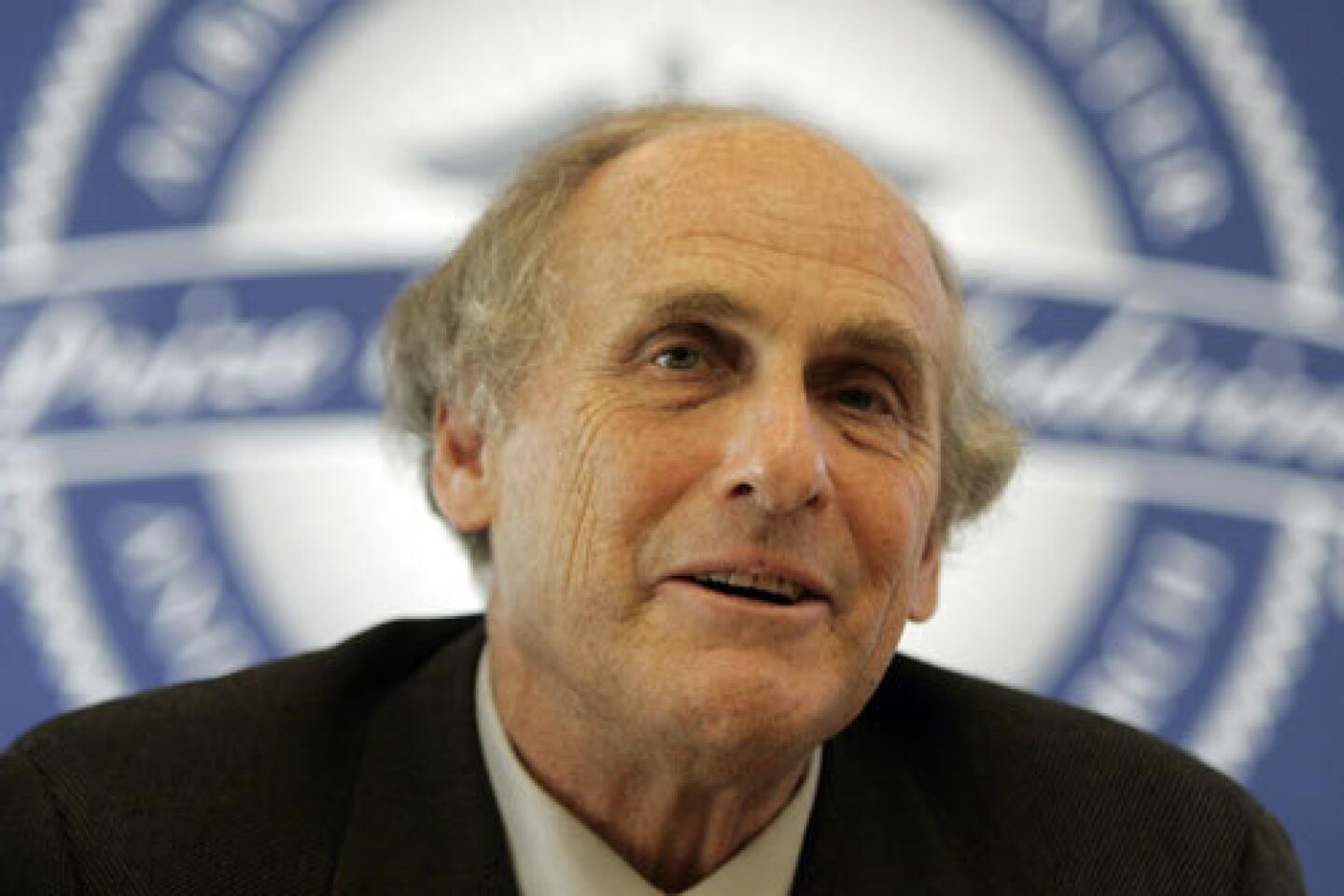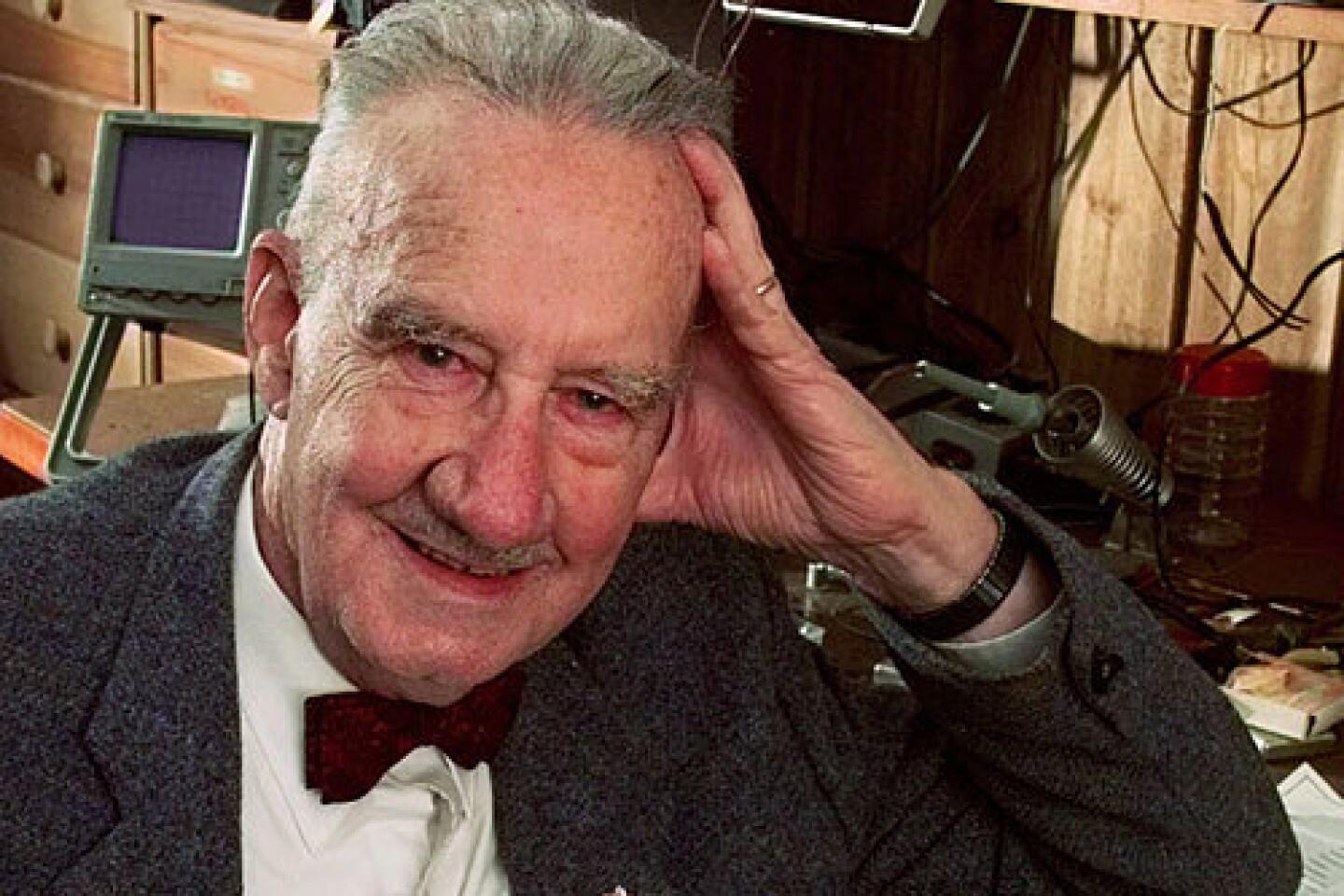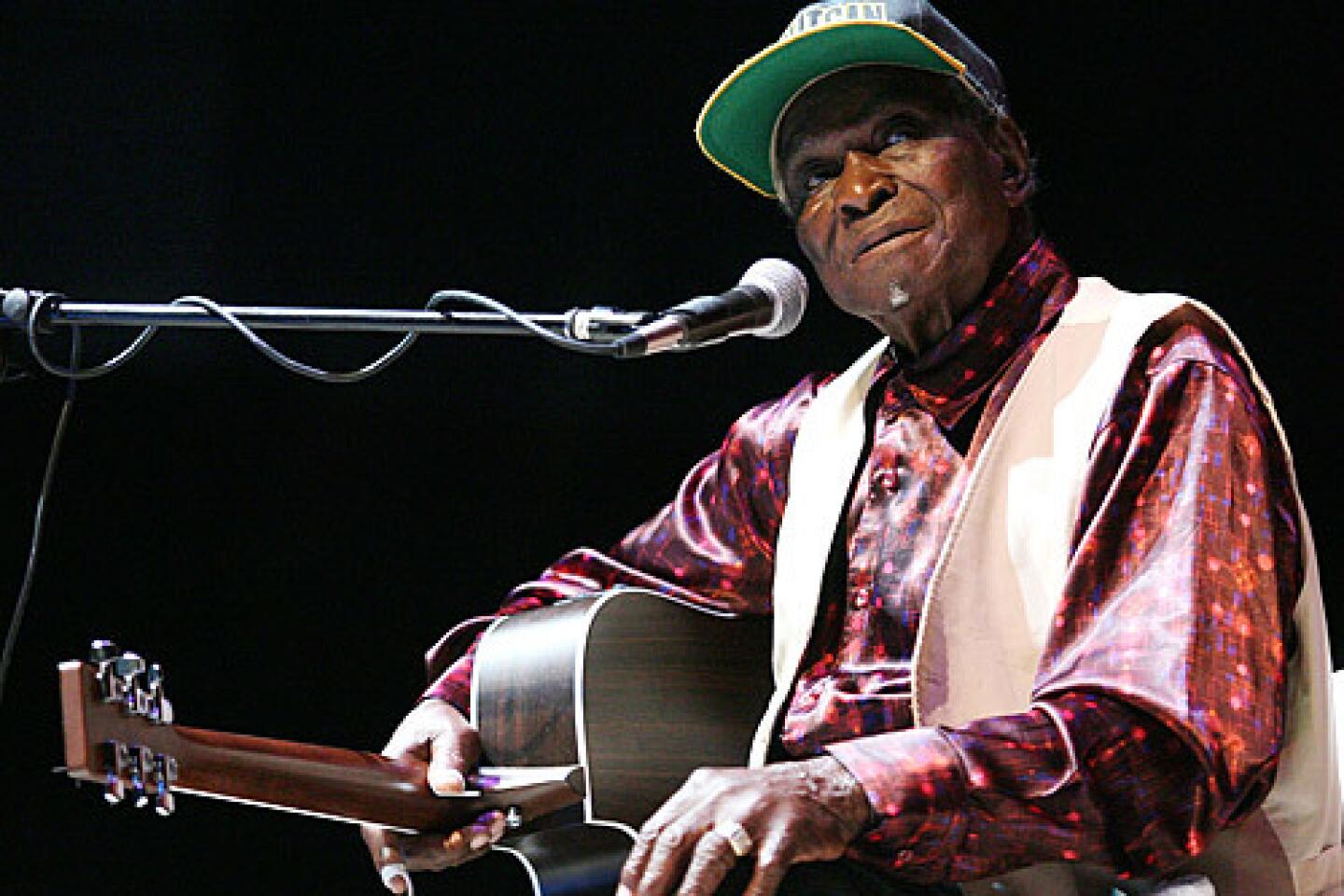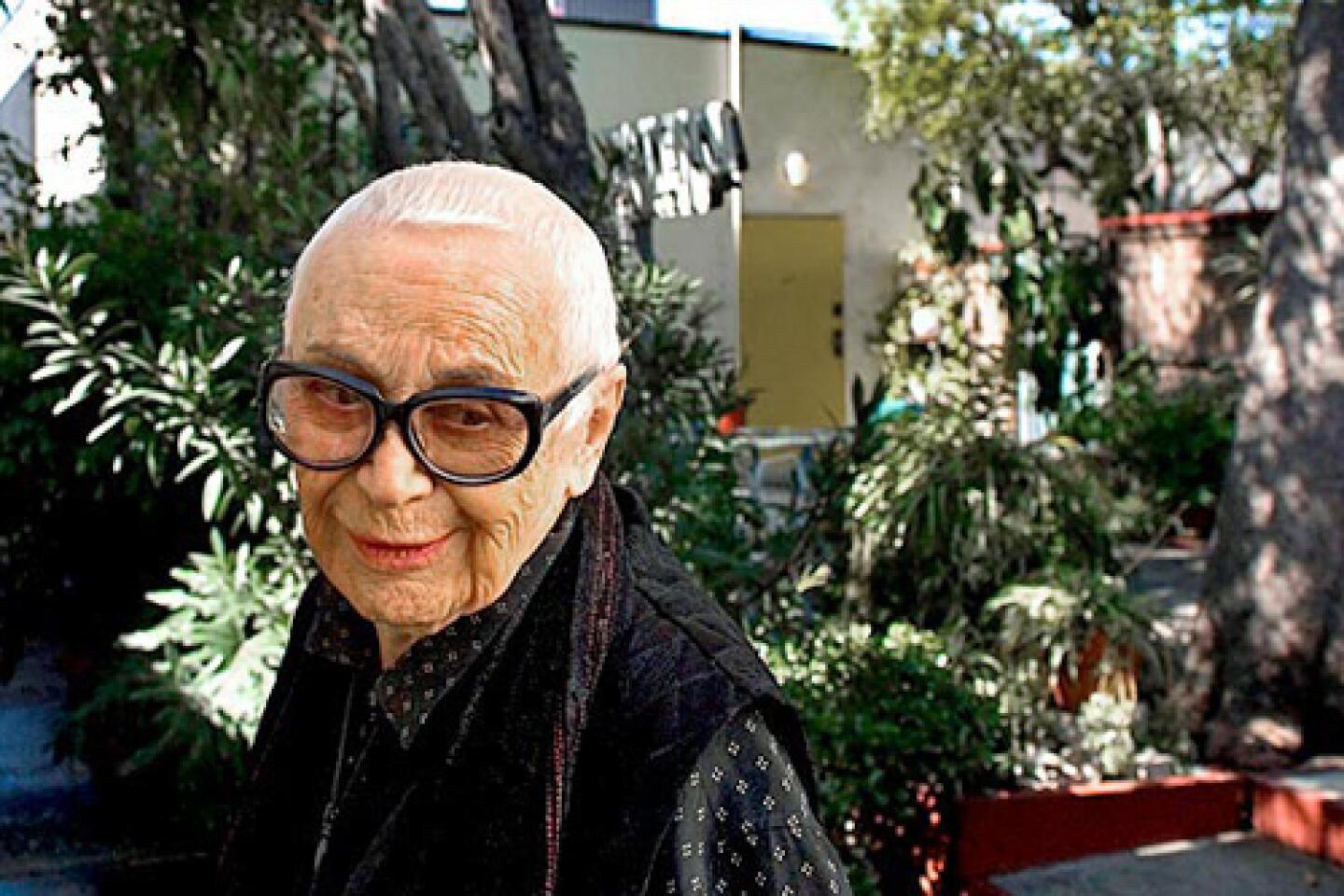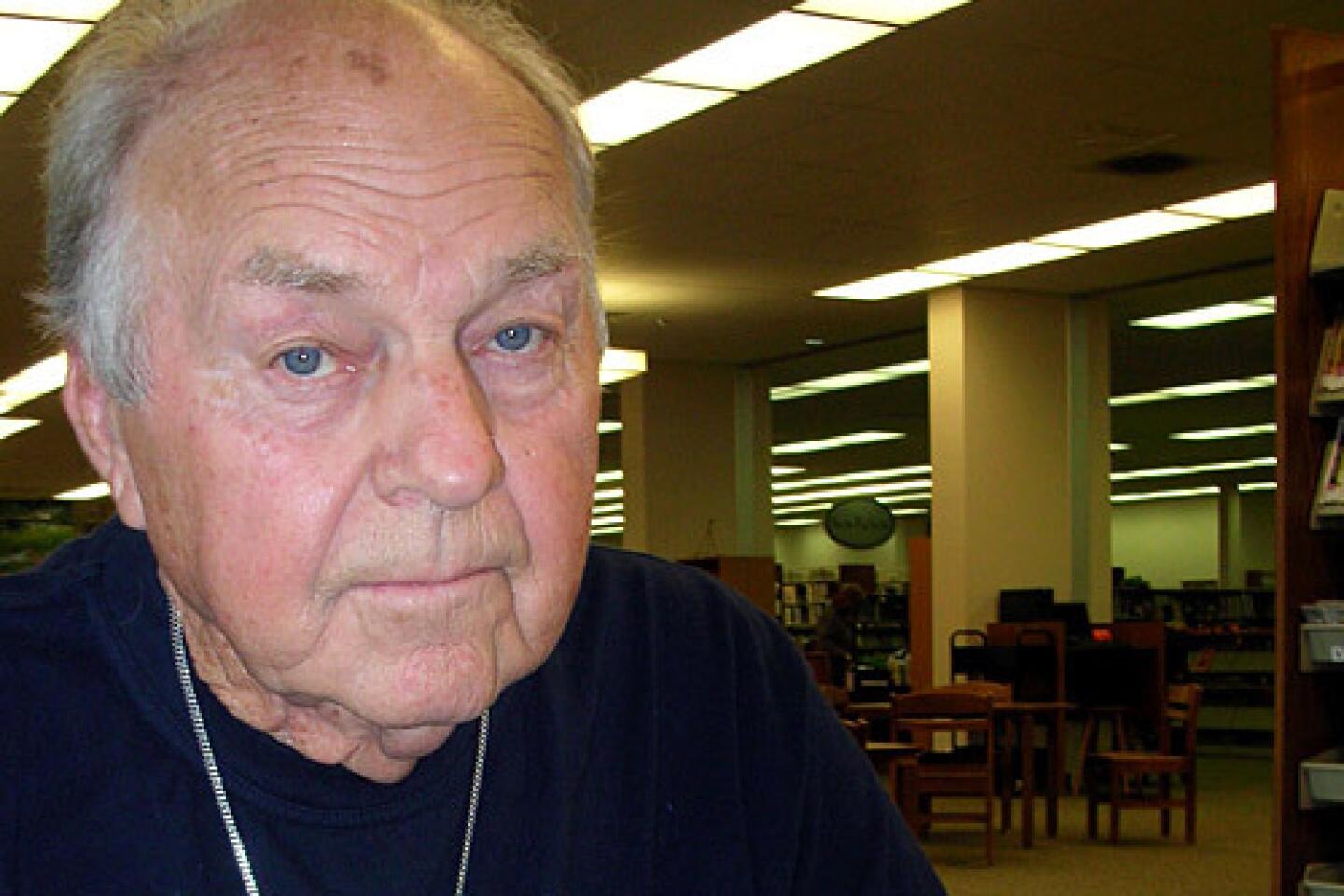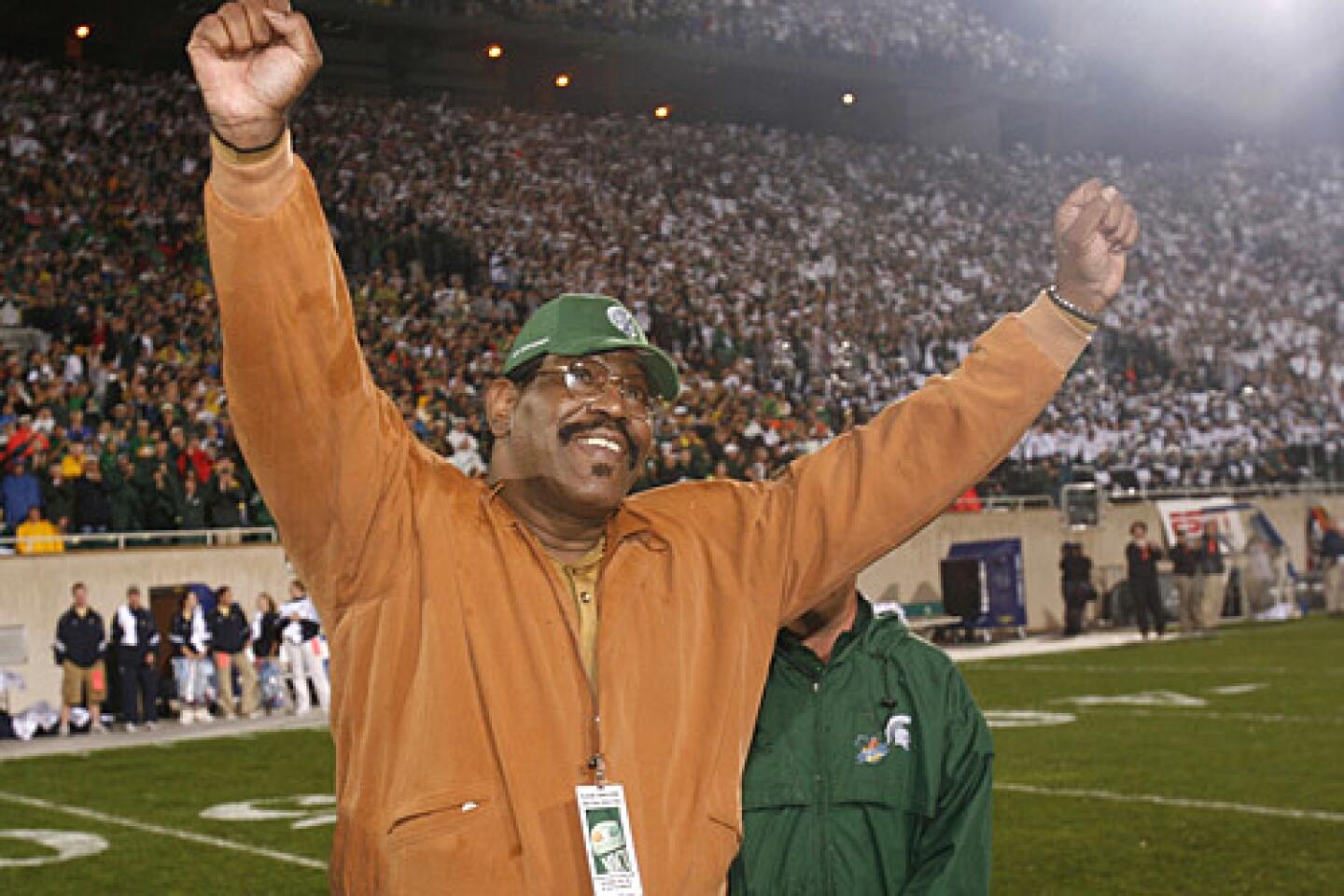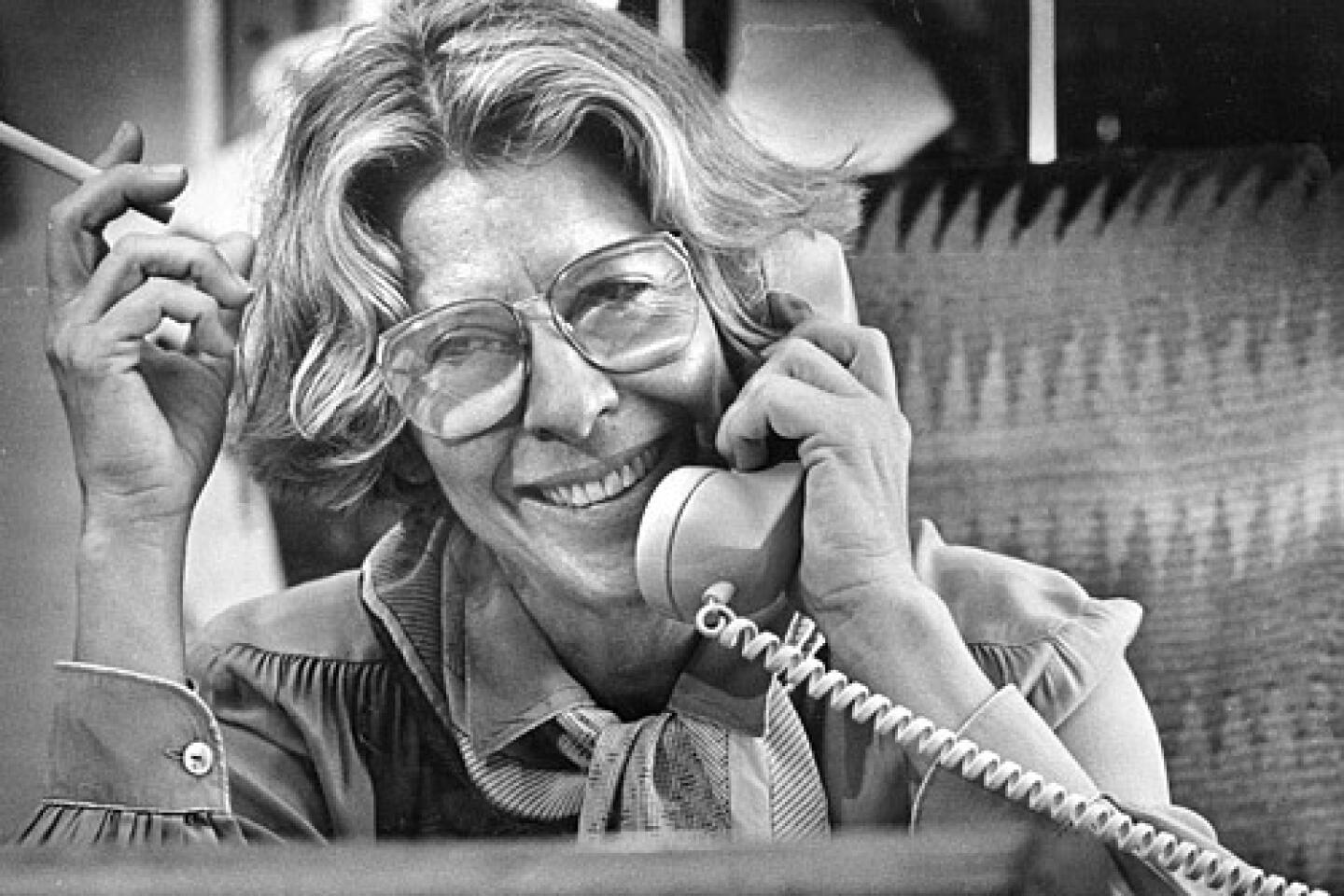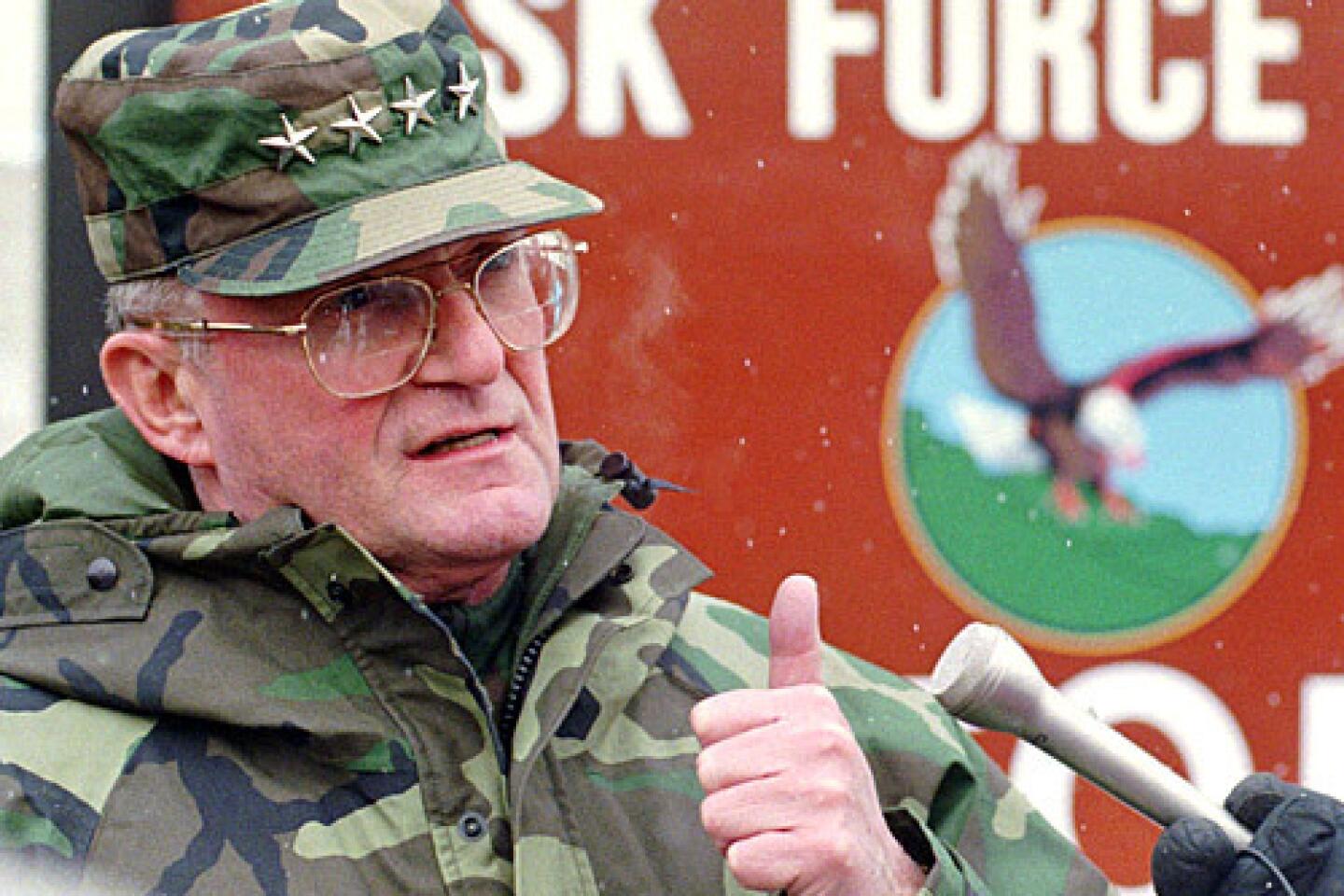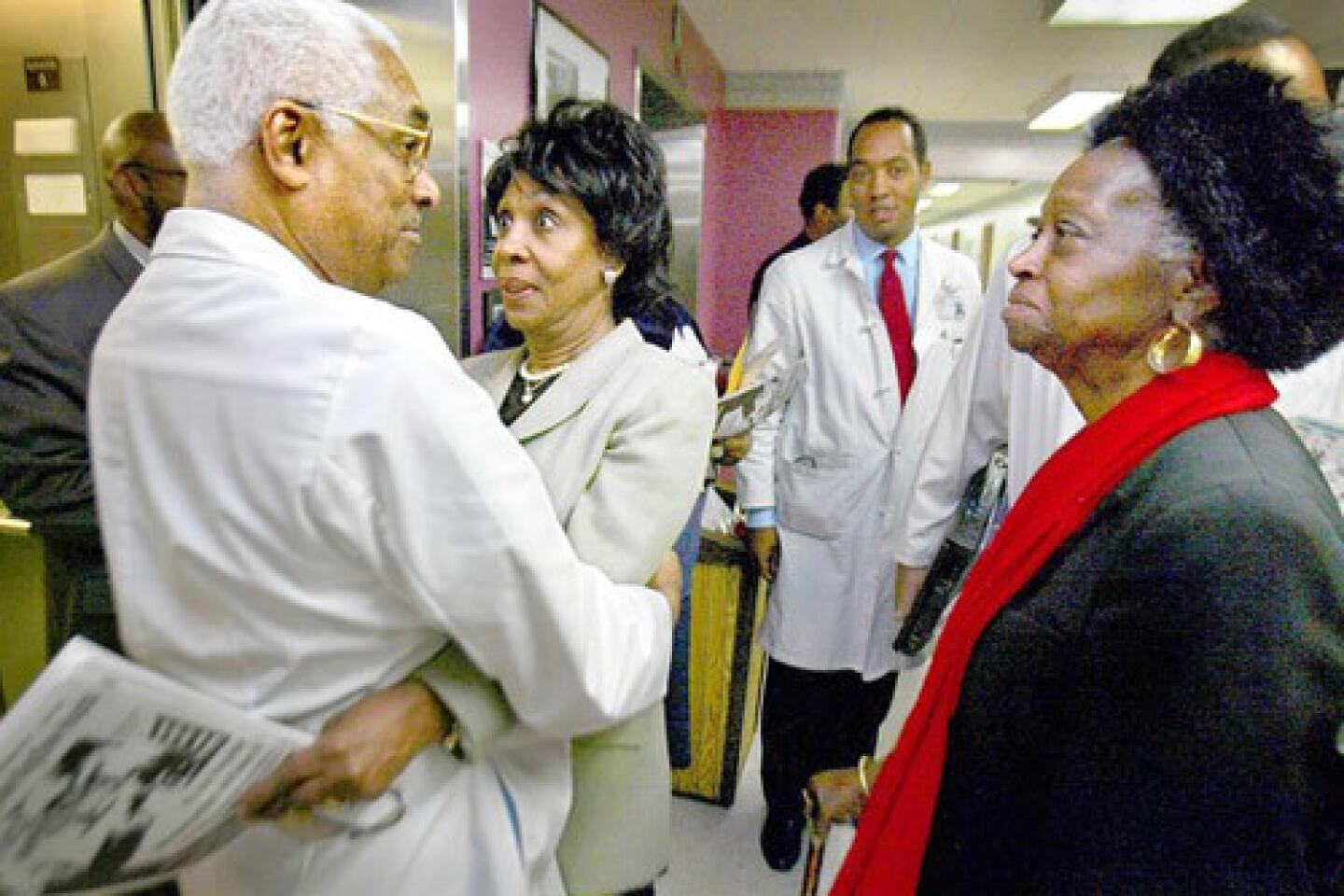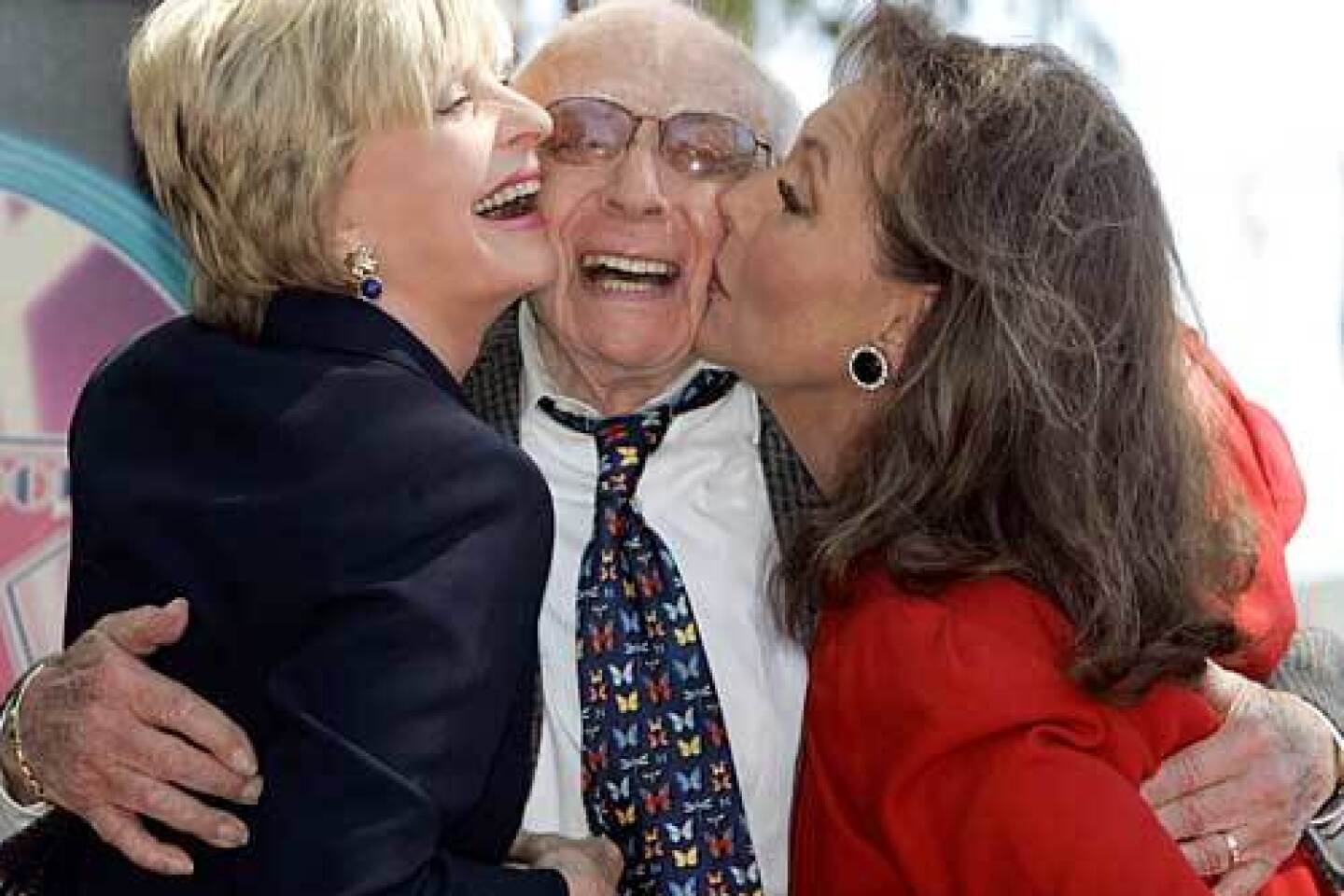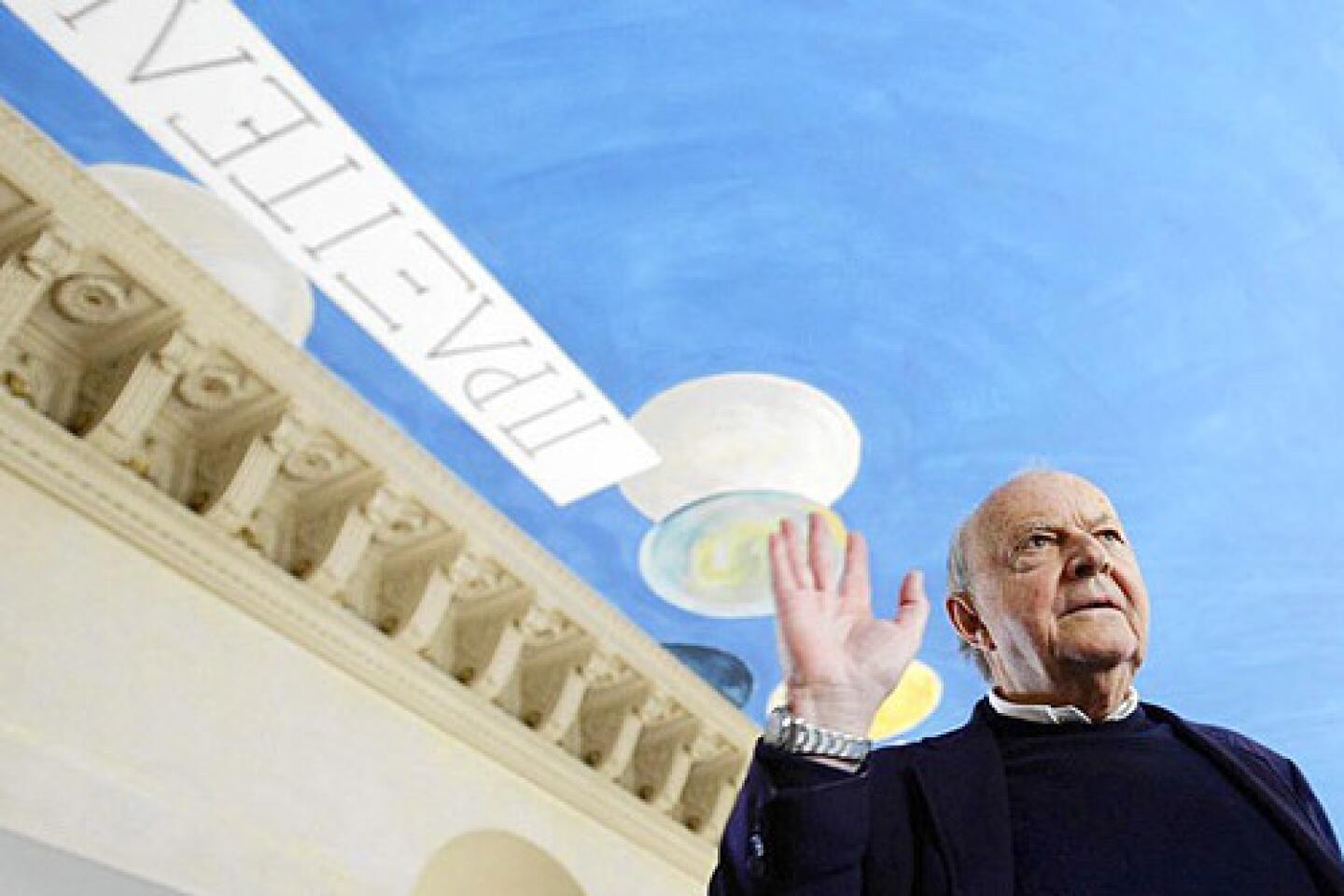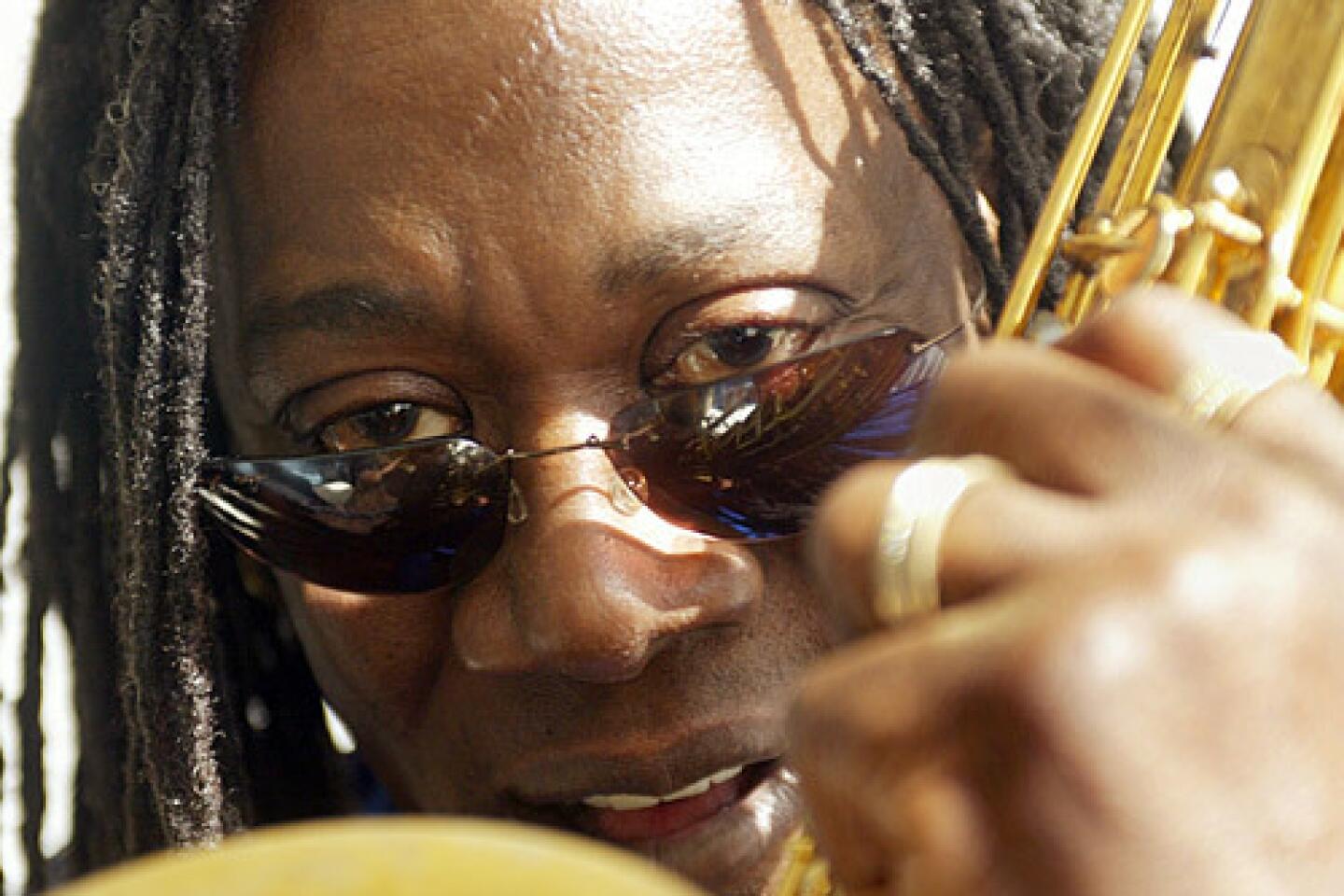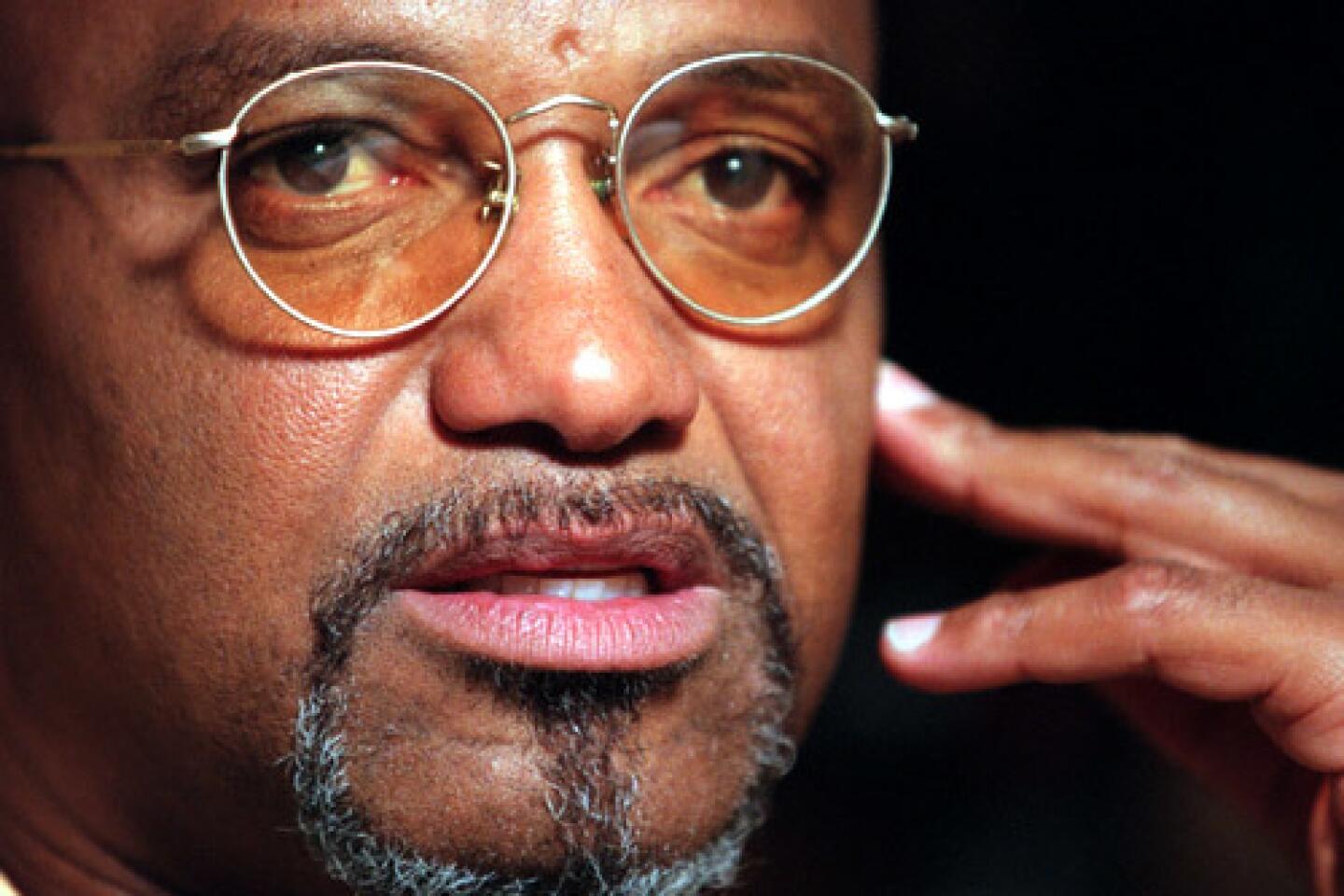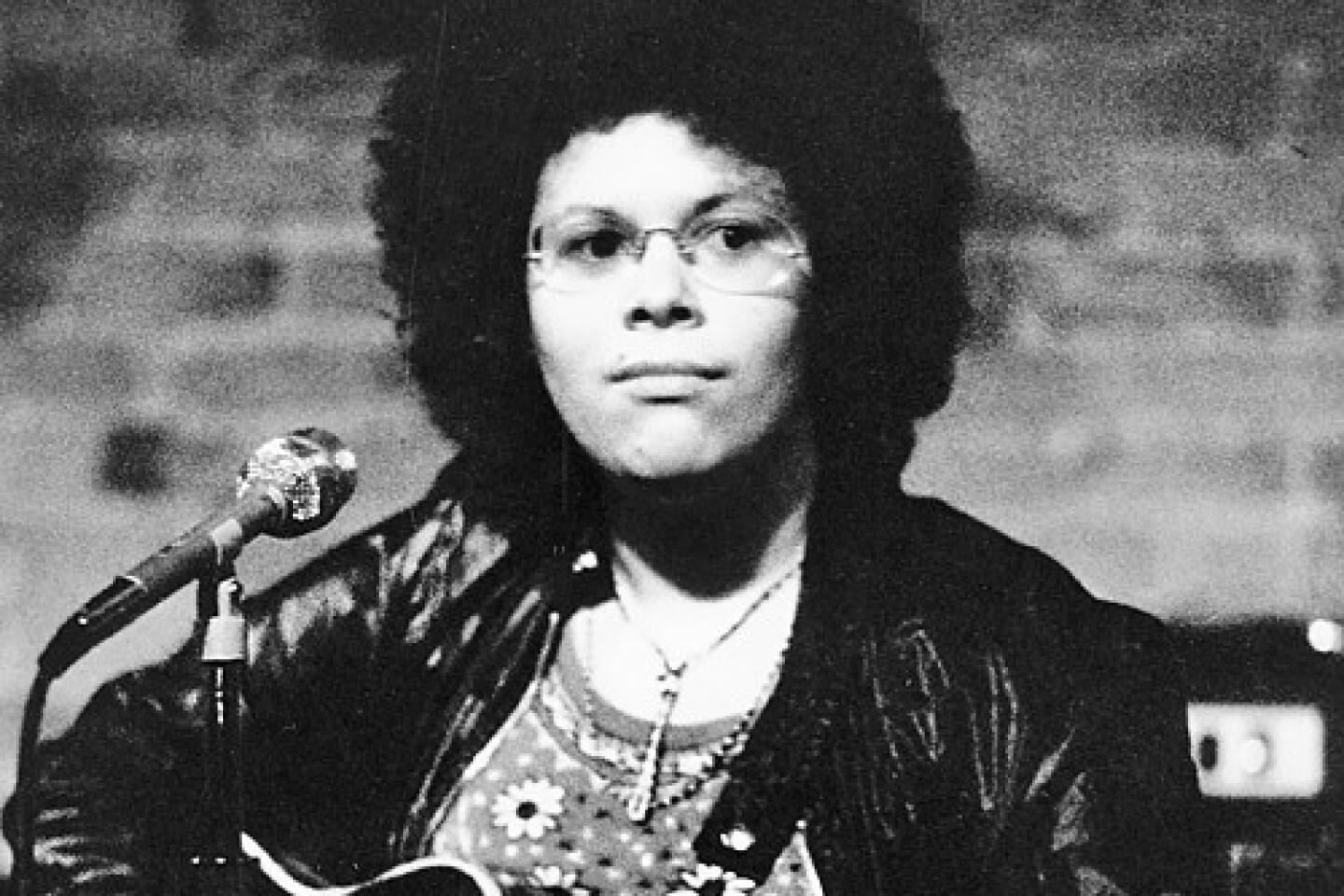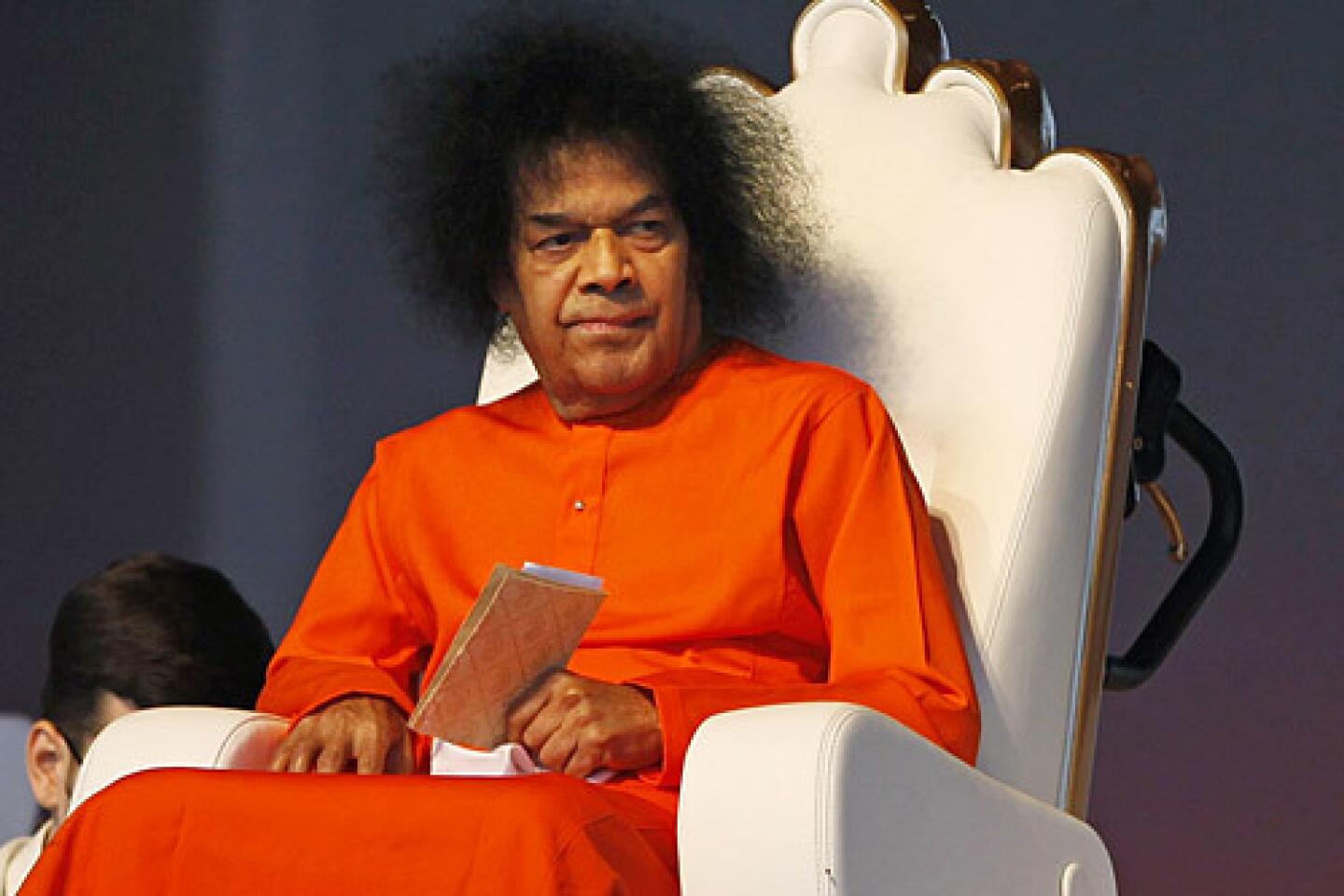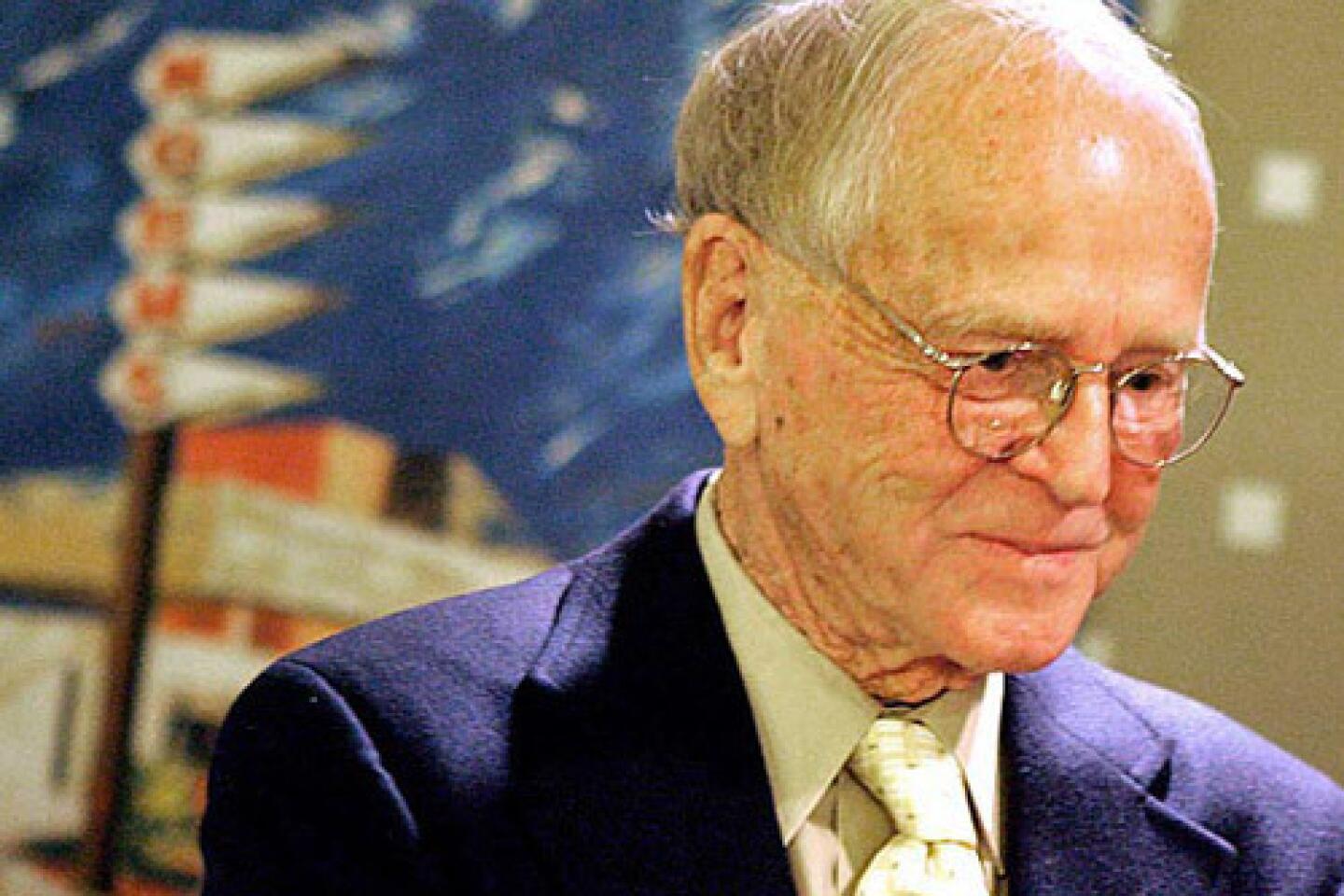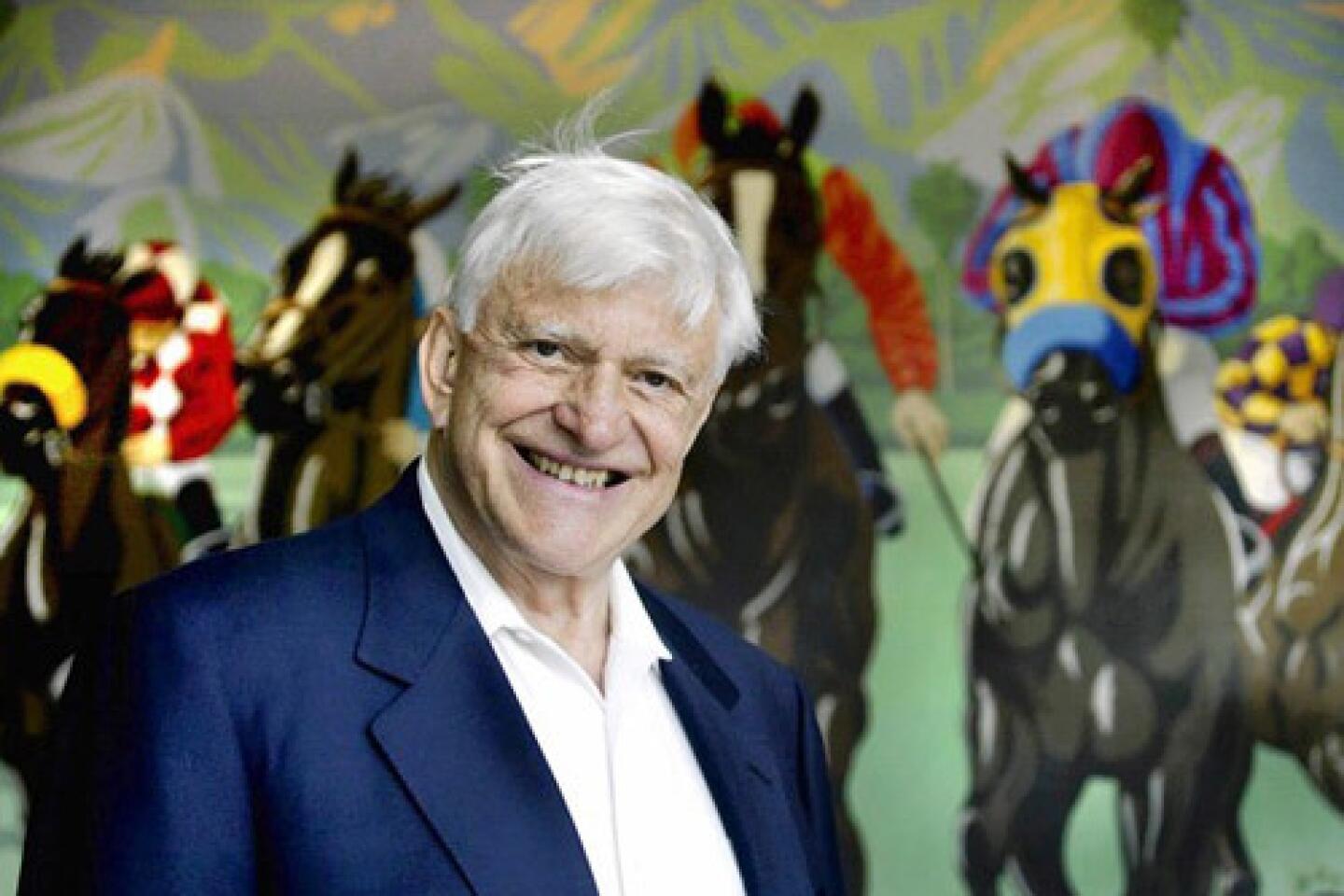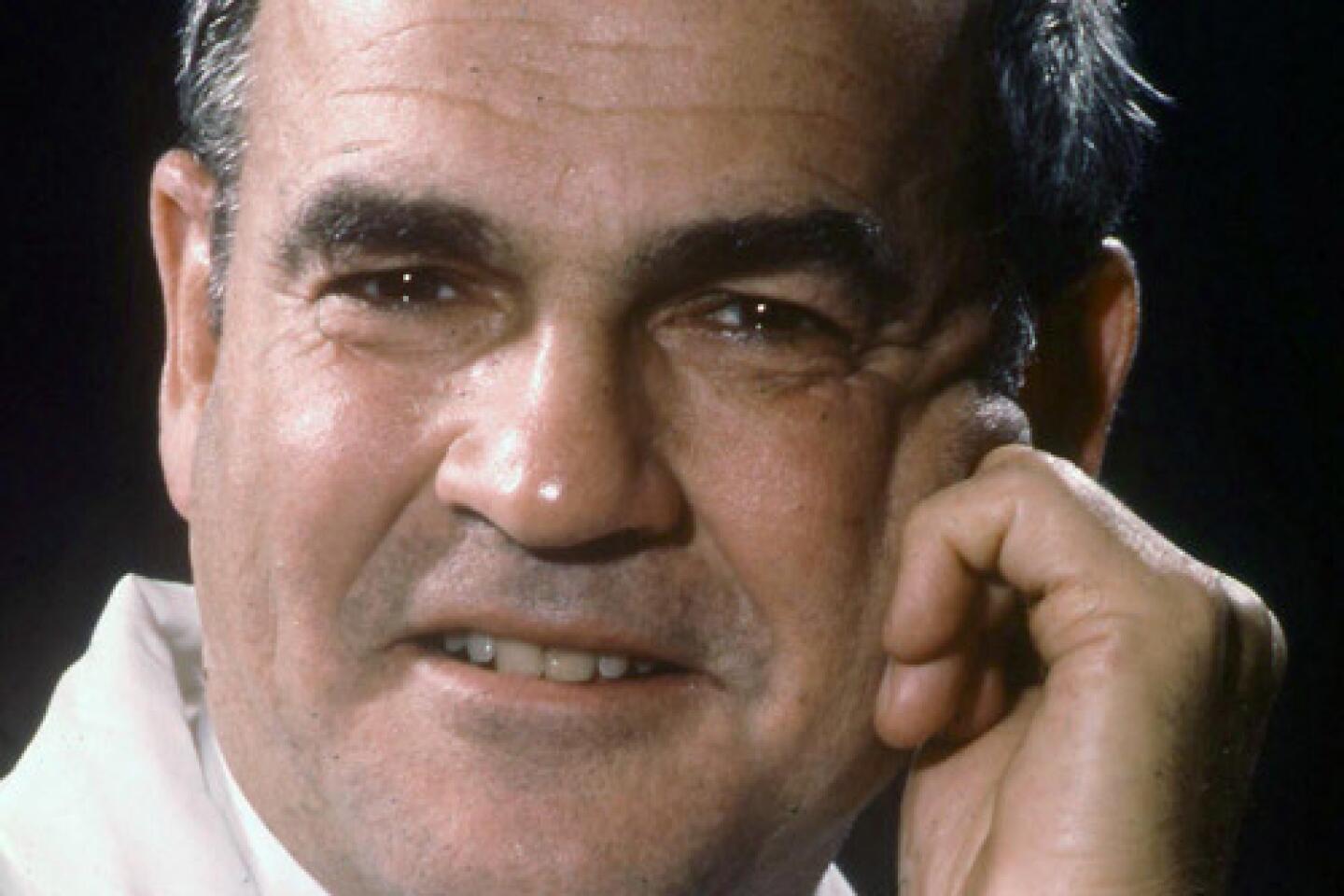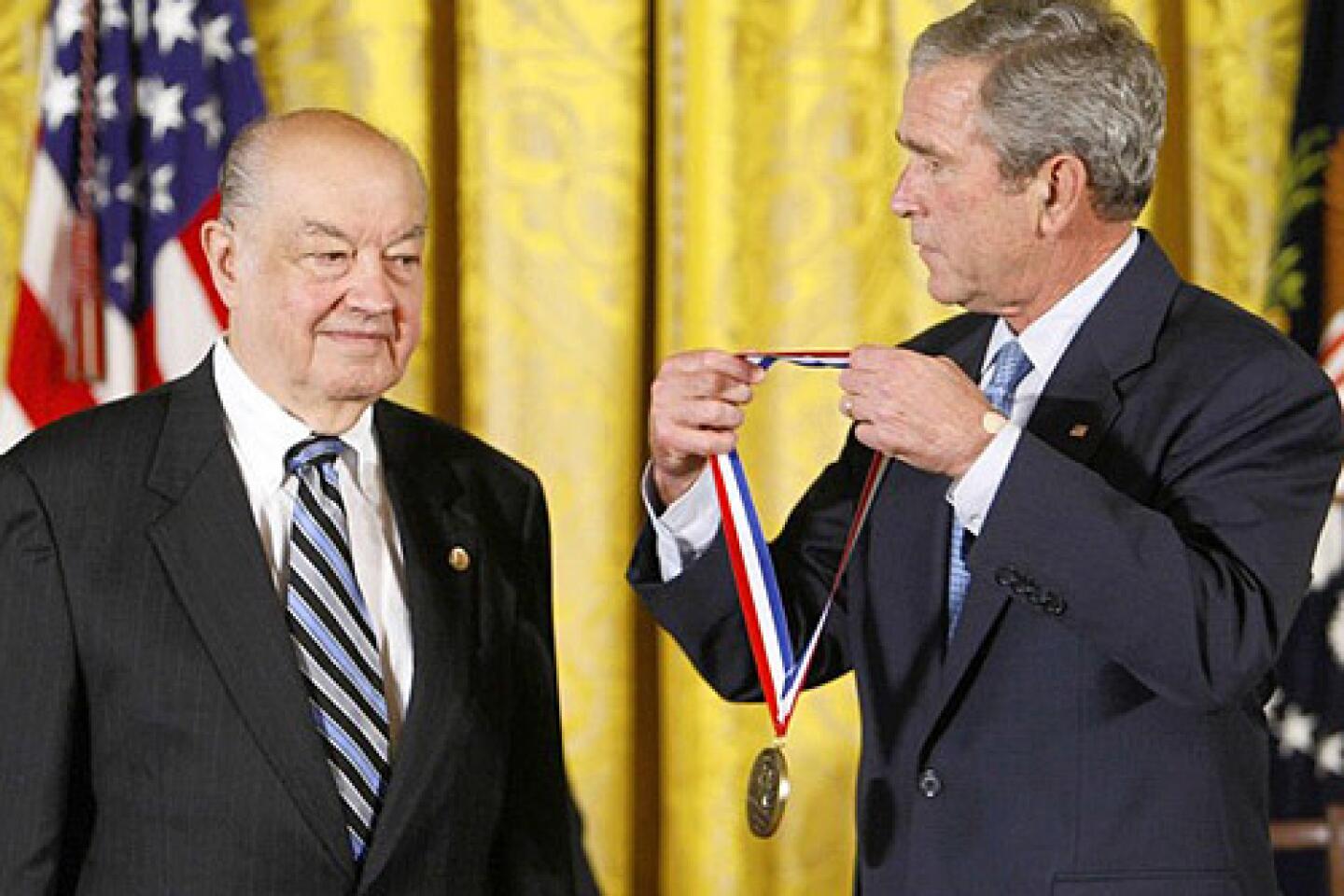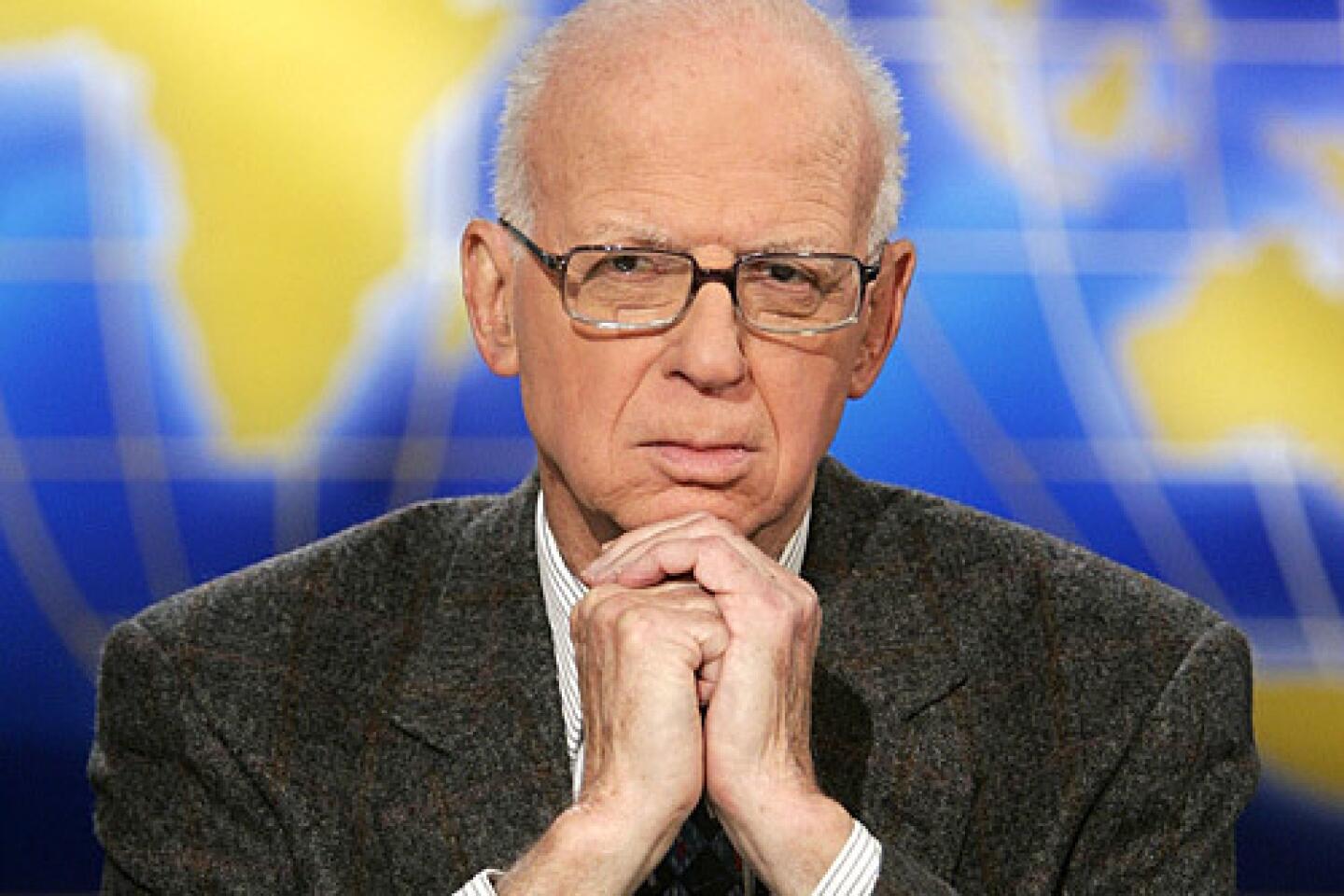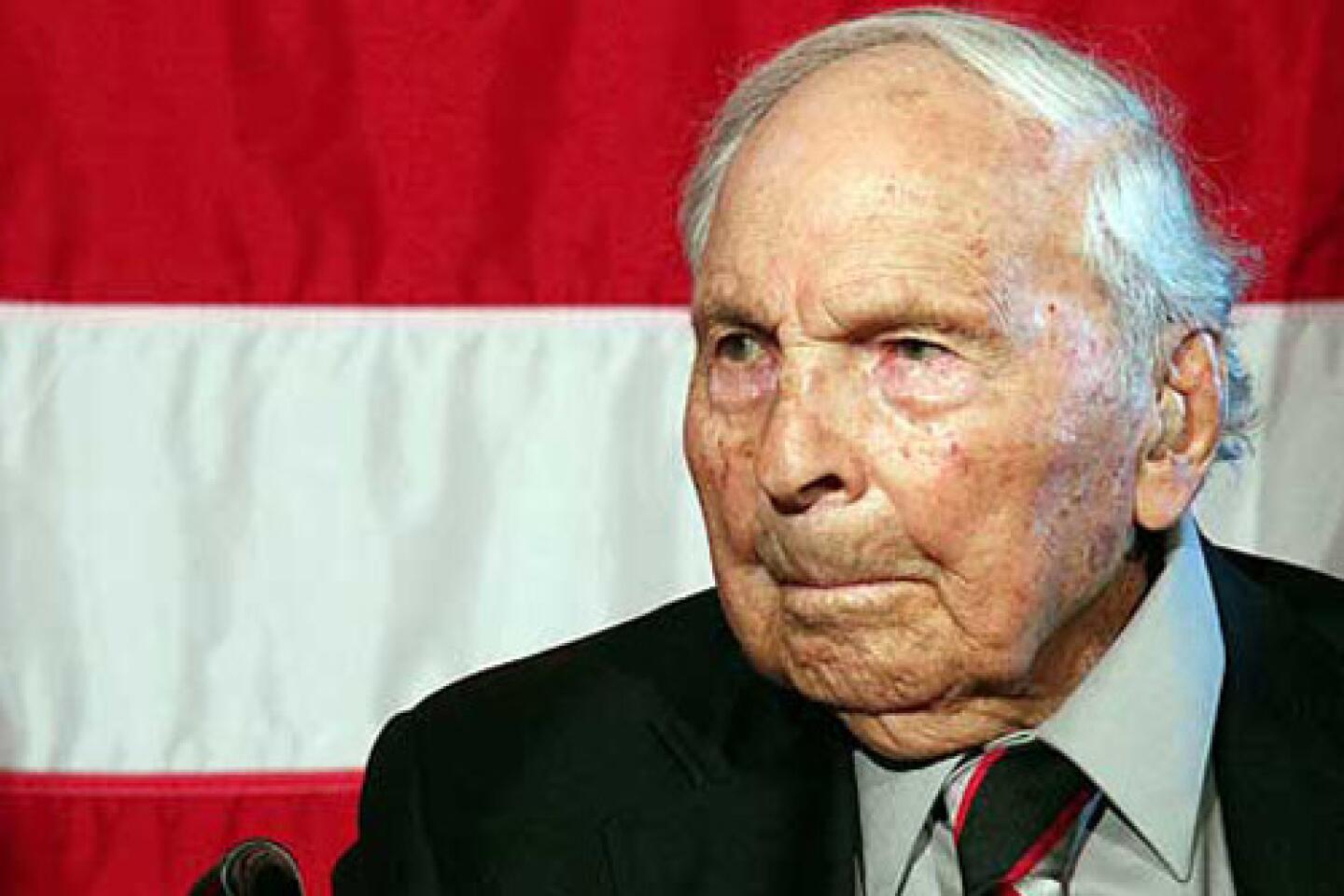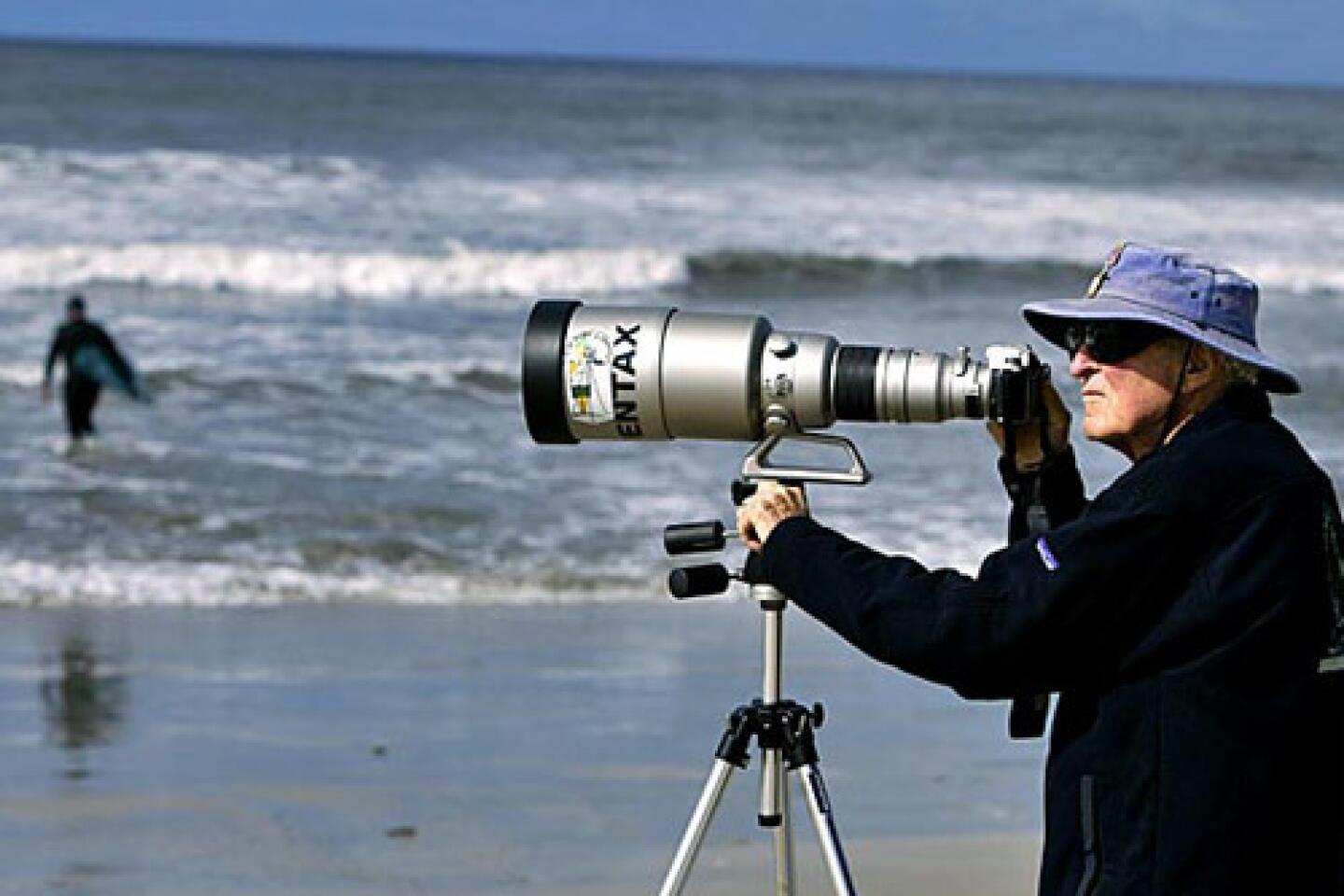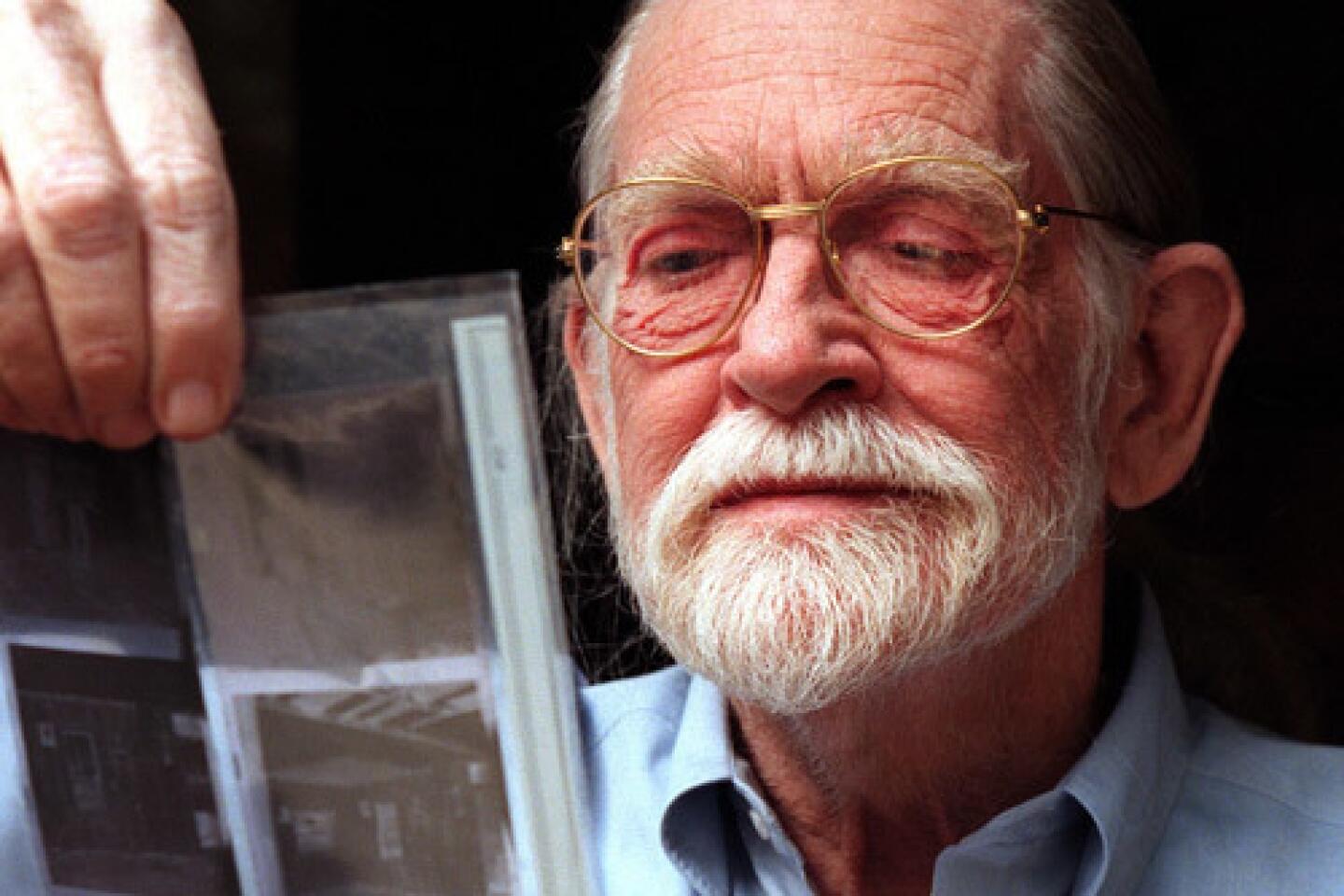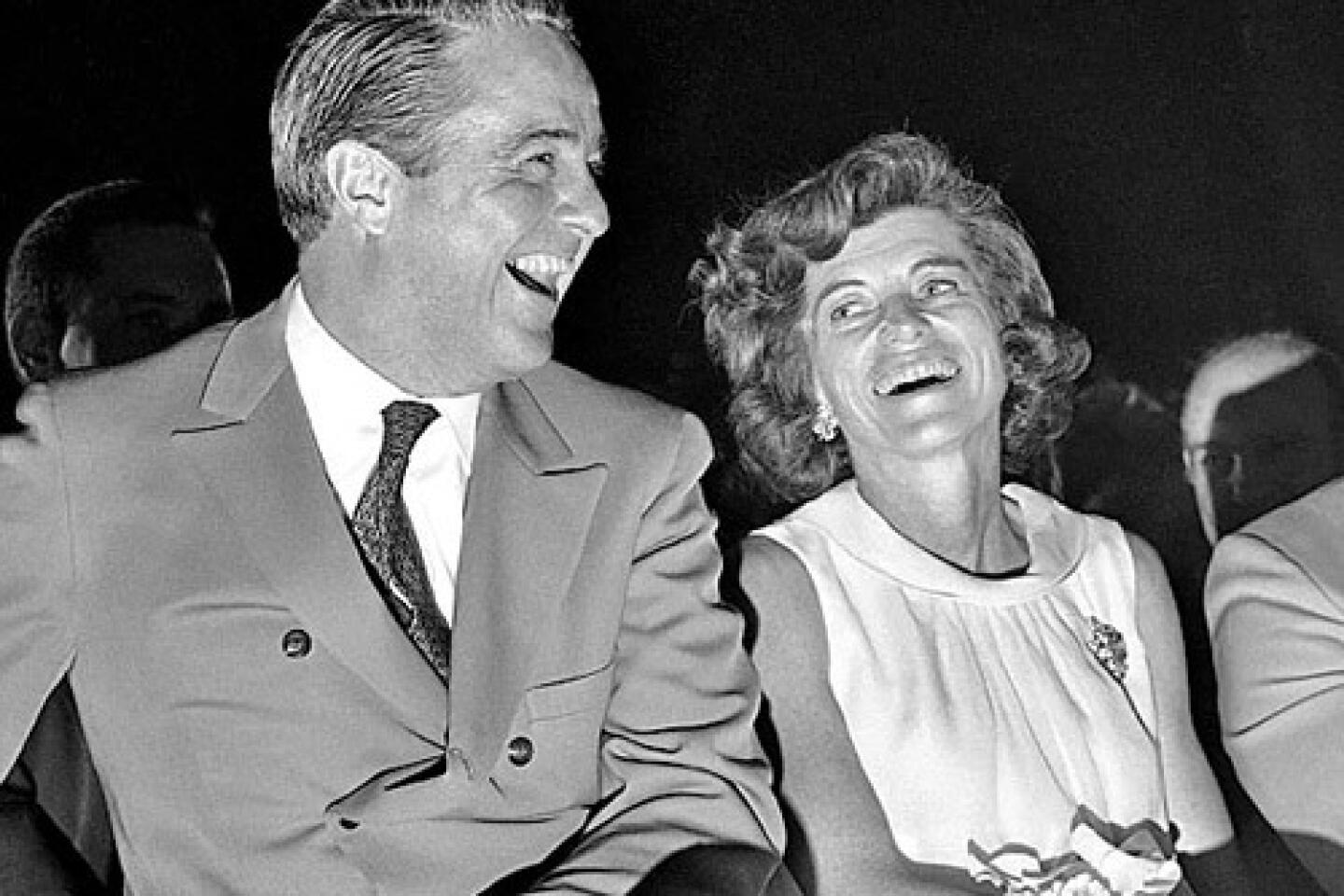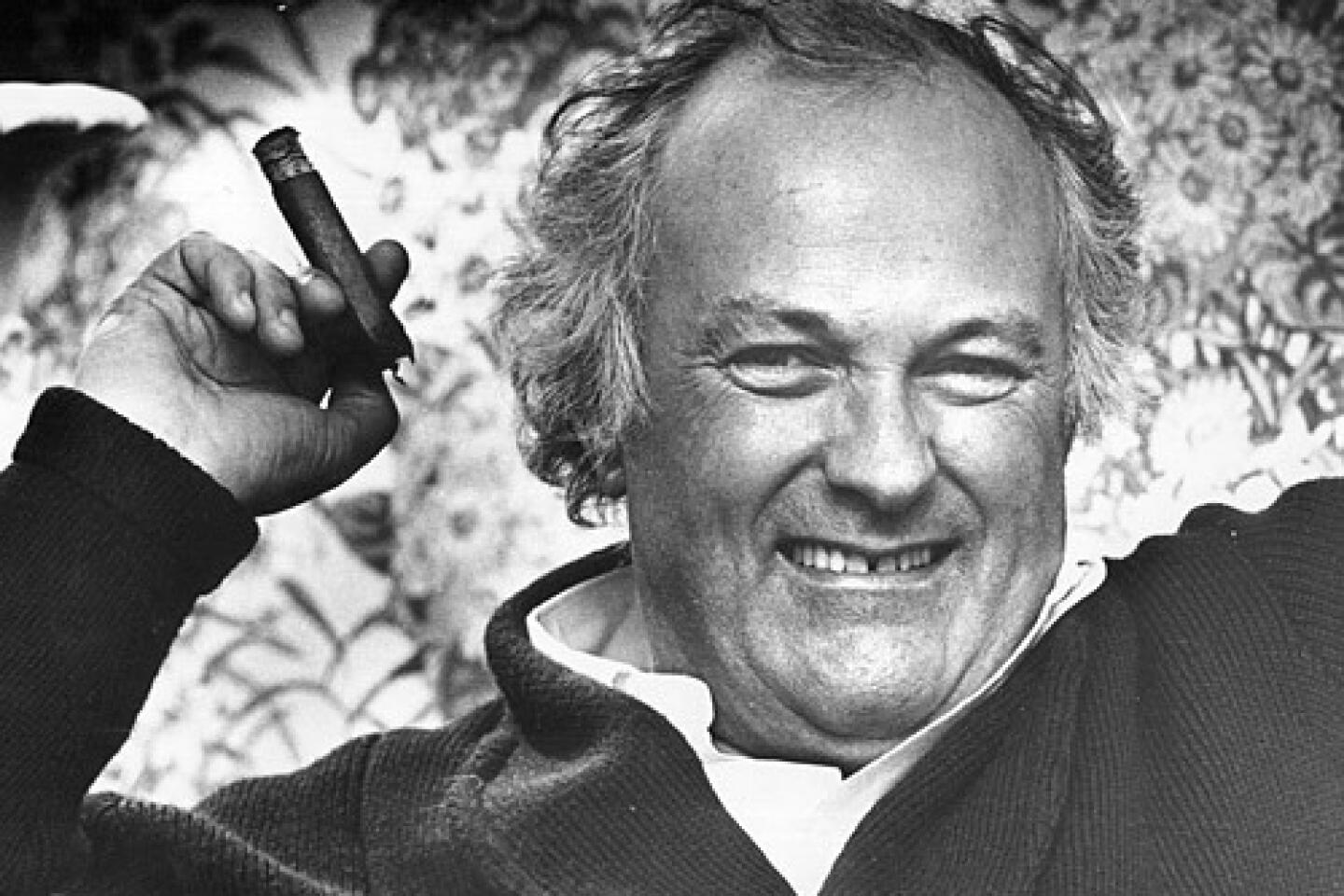Elden Hughes dies at 80; longtime Sierra Club leader
Elden Hughes, a crusader for wild places and a leader of the Sierra Club’s battles to protect desert wilderness from development and abuse, has died. He was 80.
Hughes, who died of prostate cancer early Sunday at his home in Joshua Tree, Calif., was a visionary and inspirational figure who mentored generations of activists in fights to reduce the environmental damage of developments, including renewable energy projects on pristine landscapes and wildlife.
Hughes was among a dozen environmentalists invited to the White House in 1994 when President Clinton signed the landmark California Desert Protection Act, which created a new national park in the eastern Mojave Desert and elevated Death Valley and Joshua Tree from national monument to national park status.
FOR THE RECORD: An earlier version of this online article misstated the size of a land purchase that Elden Hughes helped the Wildlands Conservancy complete in 2003 as more than 62,000 acres. The conservancy purchased more than 620,000 acres.
The Sierra Club stalwart with gray hair and piercing blue eyes was accompanied by a dozen baby California desert tortoises he had used as calling cards to lobby hundreds of congressmen and senators.
“Elden and his wife, Patty, would walk into a congressional office and place those little critters down on a table,” recalled fellow Sierra Club activist Jim Dodson. “Within seconds, staffers would be oohing and cooing over tortoises big as silver dollars and cute as buttons. Next thing you know, the boss would wander out of a back office wanting to know what the hubbub was about. It was hard to say no to Elden after that.”
Sen. Dianne Feinstein (D-Calif.), author of the final version of the protection act, said, “Hughes dedicated his life to the protection and revival of our great Mojave Desert and its tortoises. I’ll never forget when he brought a couple of tortoises to a large constituent breakfast and the amazed and glowing faces of youngsters when he told them they live for decades. Elden led a huge citizen effort in 1993 to support my Desert Protection Act. We will pass the second Desert Protection Act, now pending in committee, in his honor. He will be greatly missed.”
In 2003, Hughes helped the Wildlands Conservancy, a private nonprofit environmental group, complete a massive land-buying program. More than 620,000 acres of former railroad parcels from the Salton Sea to the Colorado River purchased with $45 million in private donations collected by the conservancy and $18 million in federal funds were handed over to the public for preservation.
In an interview at the time, Hughes, an honorary vice president of the Sierra Club, stood on a ridgeline high above a patch of former railroad property, breathed reverently and reached out with his hands to embrace the vistas of gleaming ancient lava flows, dry washes pocked with cactus and a lone mountain where a blue bird flitted from smoke tree to creosote bush.
“My god, this landscape is grand,” he said. “I’m going to encourage folks to go out and see it, walk it, drive it and photograph it.”
Hughes backed Feinstein’s ongoing efforts to establish two national monuments on roughly 1 million acres of Mojave Desert that is home for bighorn sheep and desert tortoises, extinct volcanoes and sand dunes.
A year ago, Hughes was among activists who persuaded the Los Angeles Department of Water and Power to drop its plans to build an 85-mile-long “green” power transmission line across desert wilderness preserve and scenic mountains.
Born in 1931, Hughes was raised on a ranch in Whittier when much of the area was wild, and his enduring love affair with wide open spaces began early on. His first memories included trips to Death Valley with his parents. At 13, he had made enough money selling hogs to buy a used car and start exploring California’s backcountry.
In 1953, he graduated from Whittier College, where he majored in archaeology, geology and economics.
Hughes later spent nearly a decade working with his father in a wholesale plumbing supply business. After that business was sold, he went on to become a computer executive at Warner Information Systems in Los Angeles.
By the mid-1970s he was a divorced father of three sons and a new member of the Sierra Club and of the Pacific Coast Archaeological Society, leading tours of rivers, caves and remote escarpments decorated with petroglyphs.
Hughes met his second wife, Patty, in 1978 at a Sierra Club meeting. He was elected to the executive committee of the Sierra Club’s Angeles Chapter in 1985, and was chapter chairman through 1988. Under his leadership the Sierra Club helped win federal scenic designations for the Tuolumne, Merced and Kings rivers.
“In 1982, our family floated down the Grand Canyon in our own inflatable rafts,” recalled Hughes’ eldest son, Mark. “In one stretch of rapids, Dad was so determined keep his raft from tipping over that he bent his oar from pulling so hard on it. That was his approach to the things that really mattered.”
At the center of his work was the Mojave Desert.
Hughes gave speeches at fundraisers in support of the Bureau of Land Management’s ultimately successful effort to save the remote Union Pacific Railroad depot in Kelso, Calif., from demolition.
In the mid-1980s he joined forces with Sierra Club activists Dodson and Judy Sanderson in the fight for the desert protection act. Each brought a special skill to the cause: Dodson dealt with legislation and legal matters; Anderson researched historical documents, maps and property records and Hughes handled the press and public relations.
“Elden was a master at generating a great sound bite on cue: a terse phrase or metaphor that summed up a complex issue in a way anyone could understand,” Dodson recalled. “He also knew the desert very well because he’d driven an old blue Ford station wagon of his all over most of it, and walked the rest.”
A week ago Hughes received a lifetime achievement award from the Wildlands Conservancy.
“He asked me to scatter his ashes,” said David Myers, executive director of the conservancy. “I said, ‘Where do you want them scattered, Elden?’ He said, ‘On the top of Navajo Mountain in Utah.’ I said, ‘How do you get there?’ He smiled and said, ‘Rent a boat and go up about 15 miles to Rainbow Bridge. It’s about a 10-mile hike in from there.’ ”
Hughes is survived by his wife, Patty; sons Mark, Paul and Charles, and three grandchildren.
More to Read
Start your day right
Sign up for Essential California for the L.A. Times biggest news, features and recommendations in your inbox six days a week.
You may occasionally receive promotional content from the Los Angeles Times.
